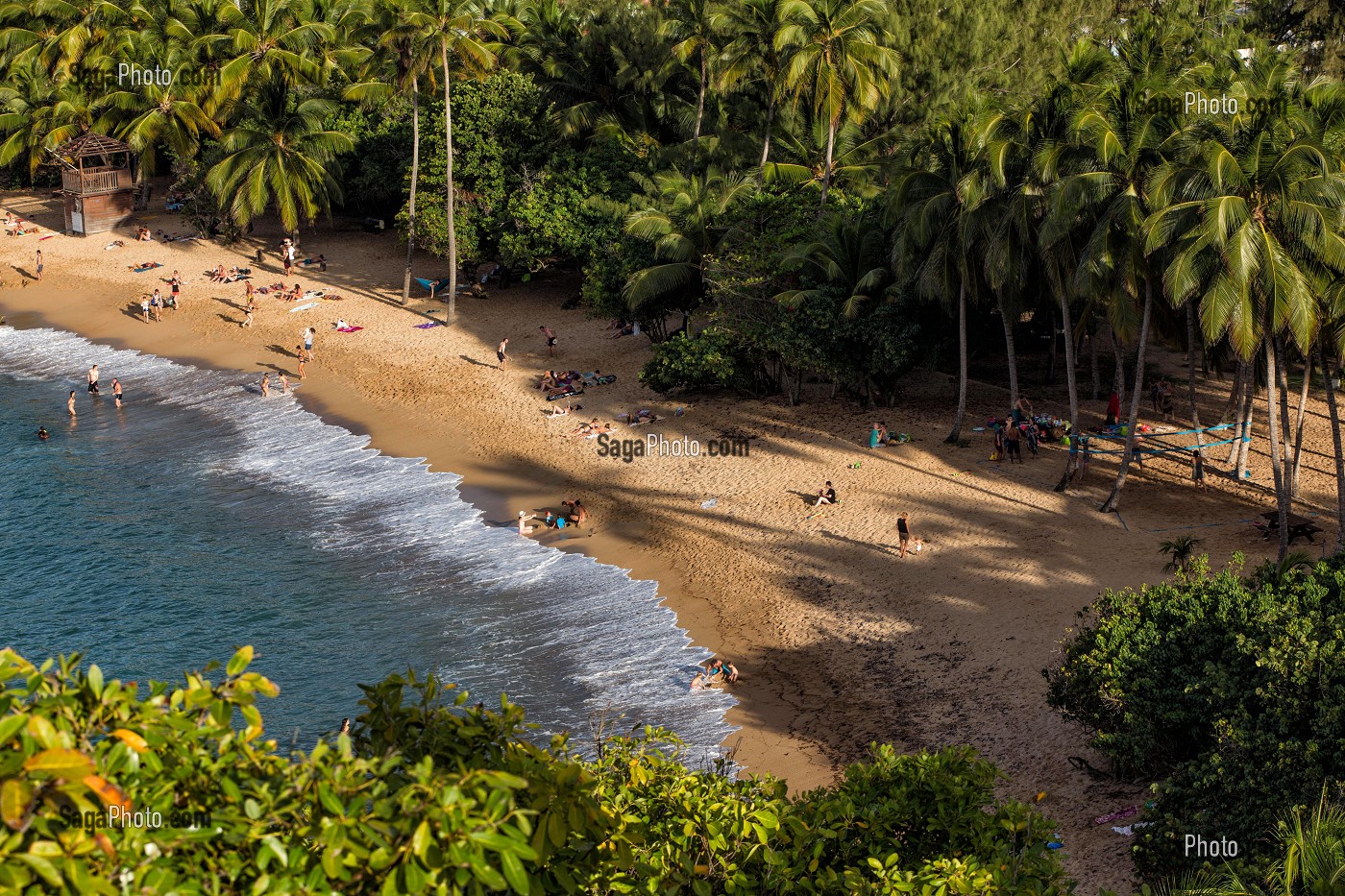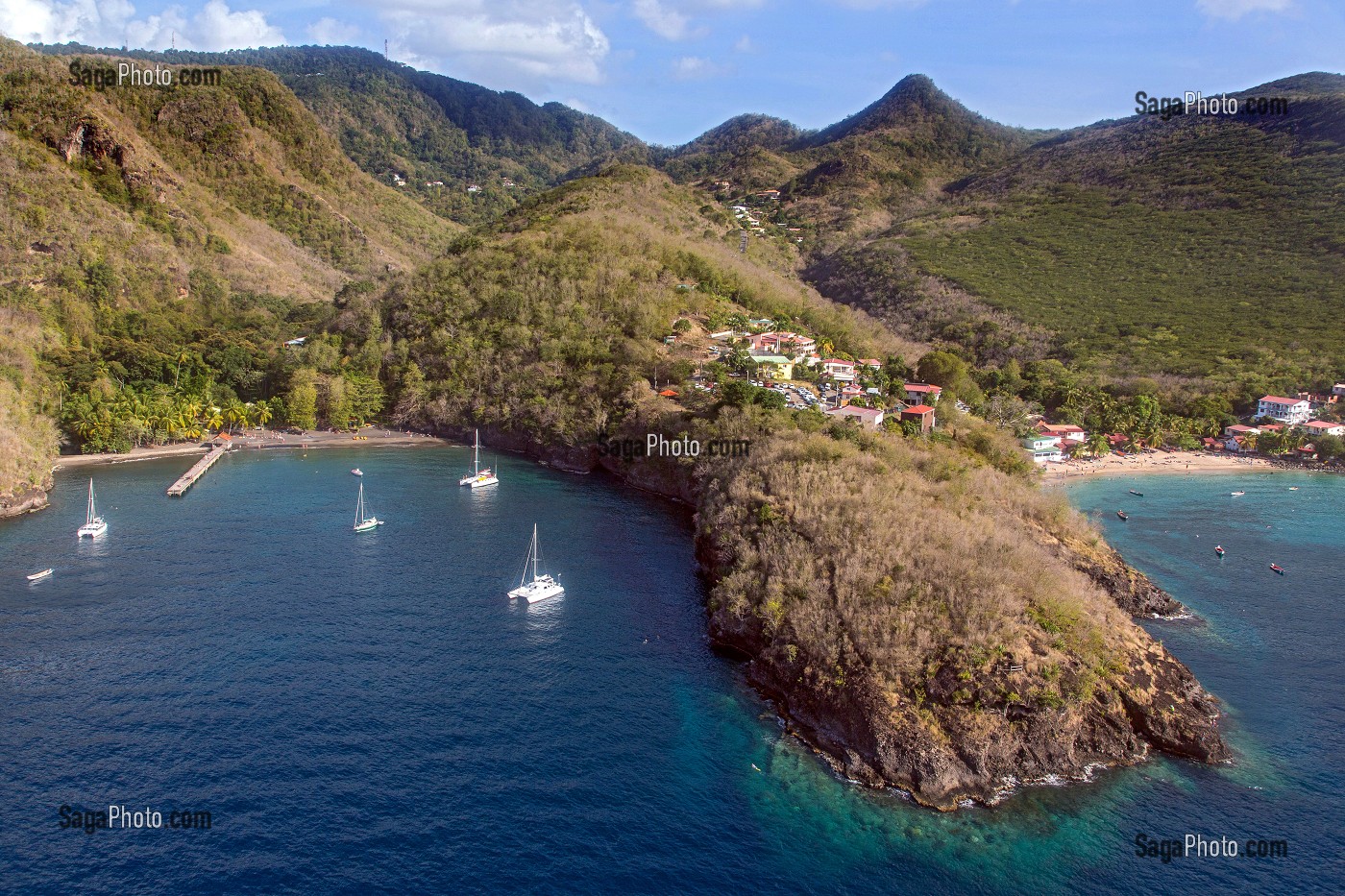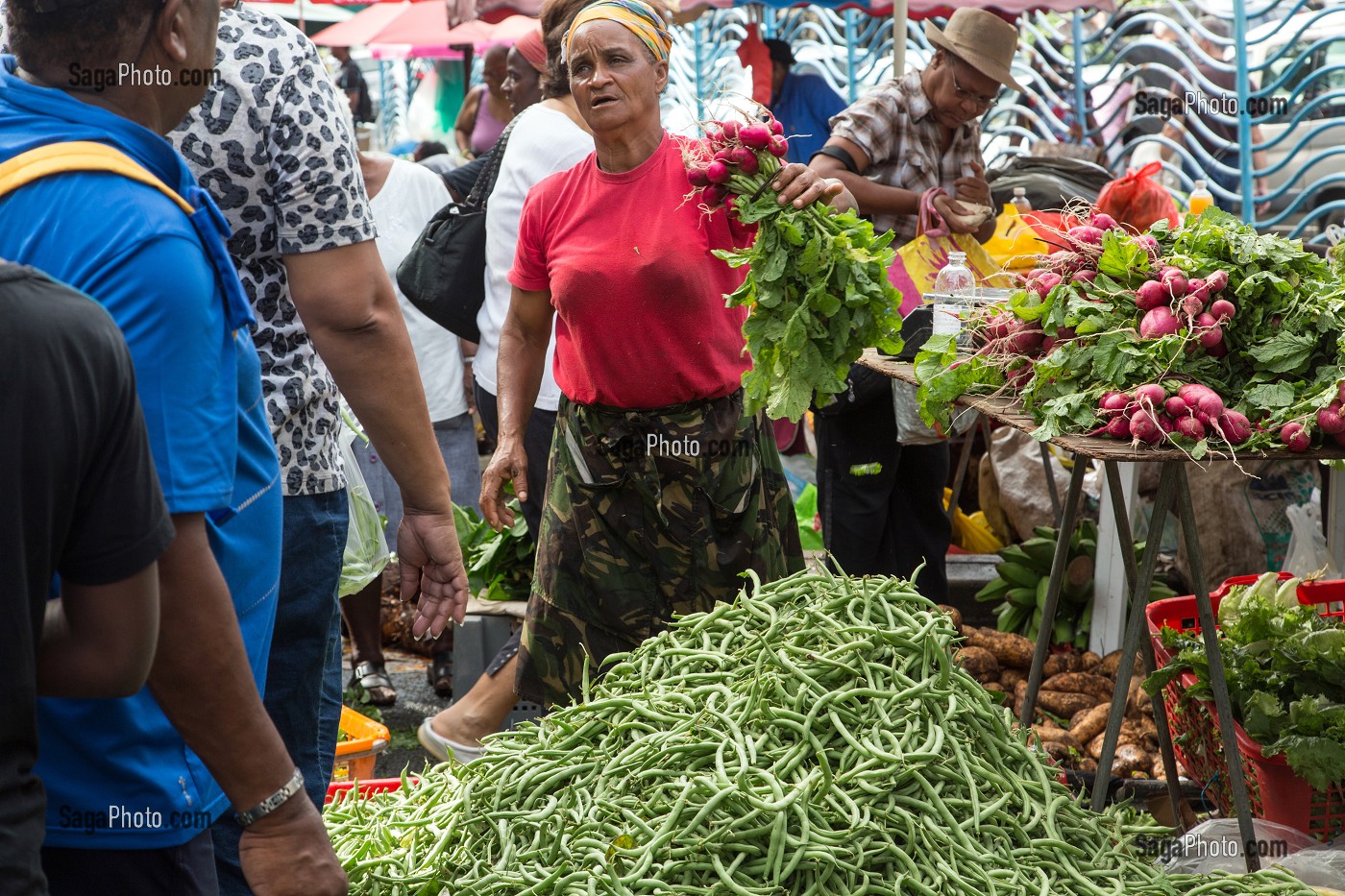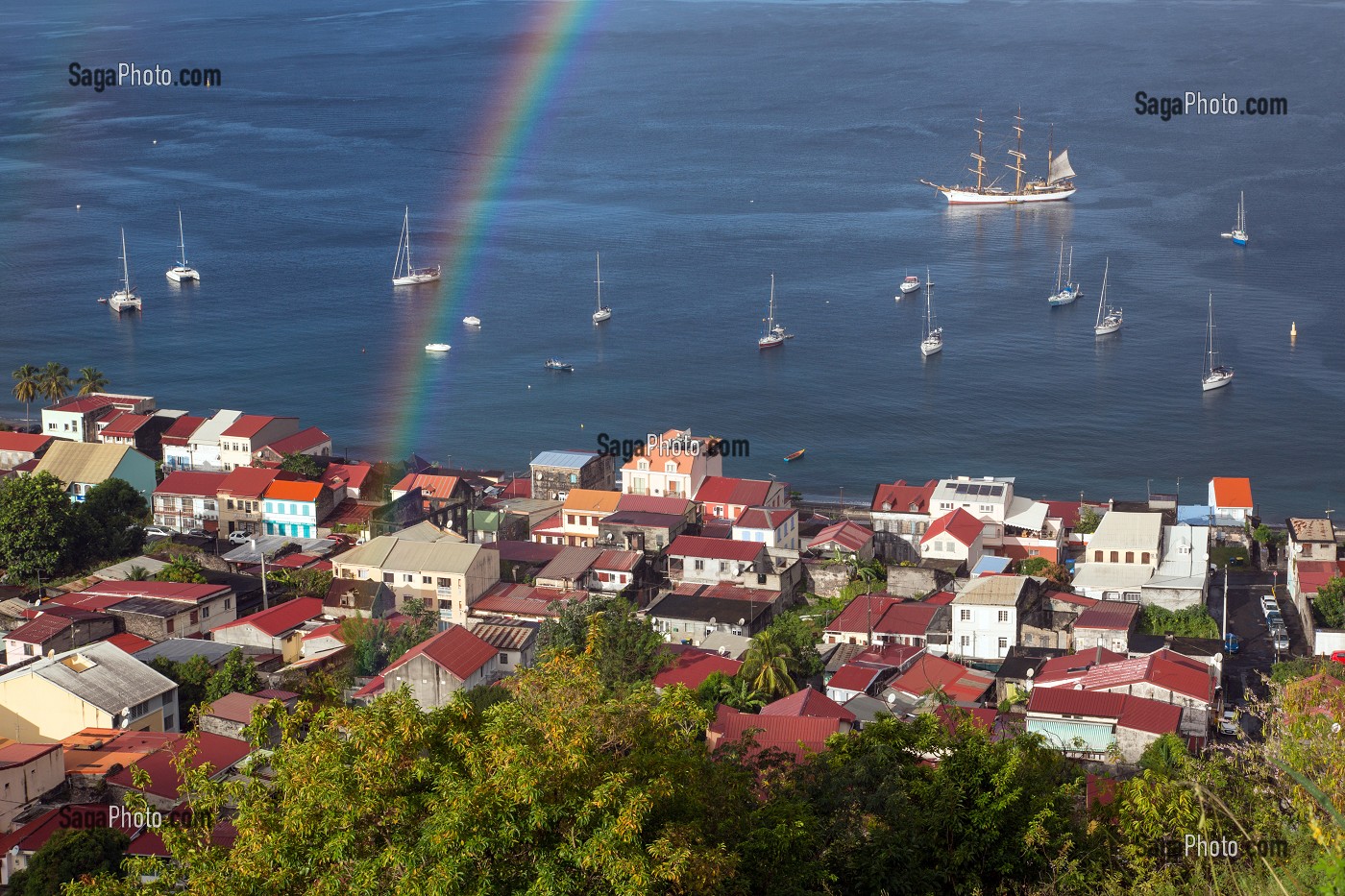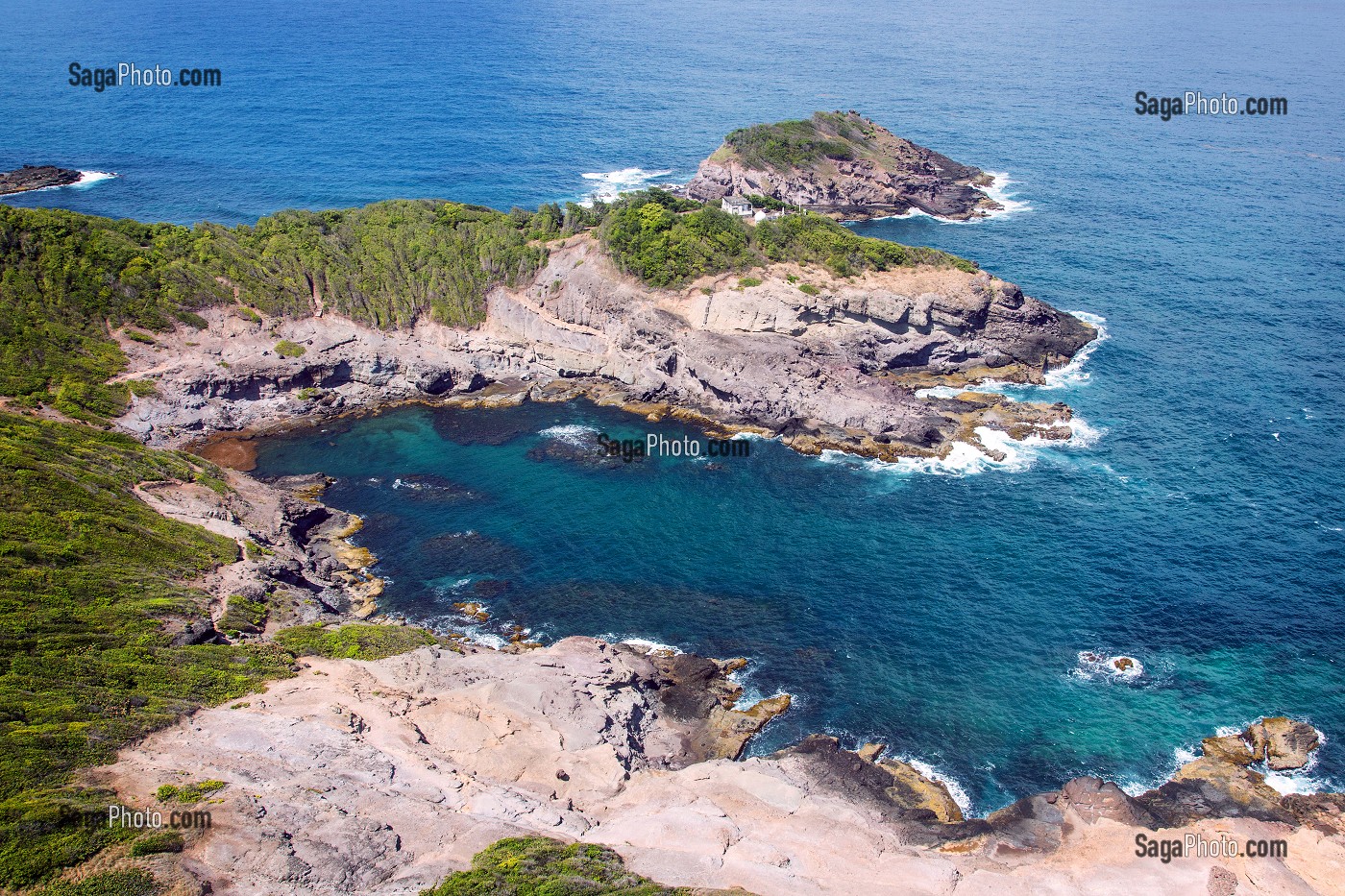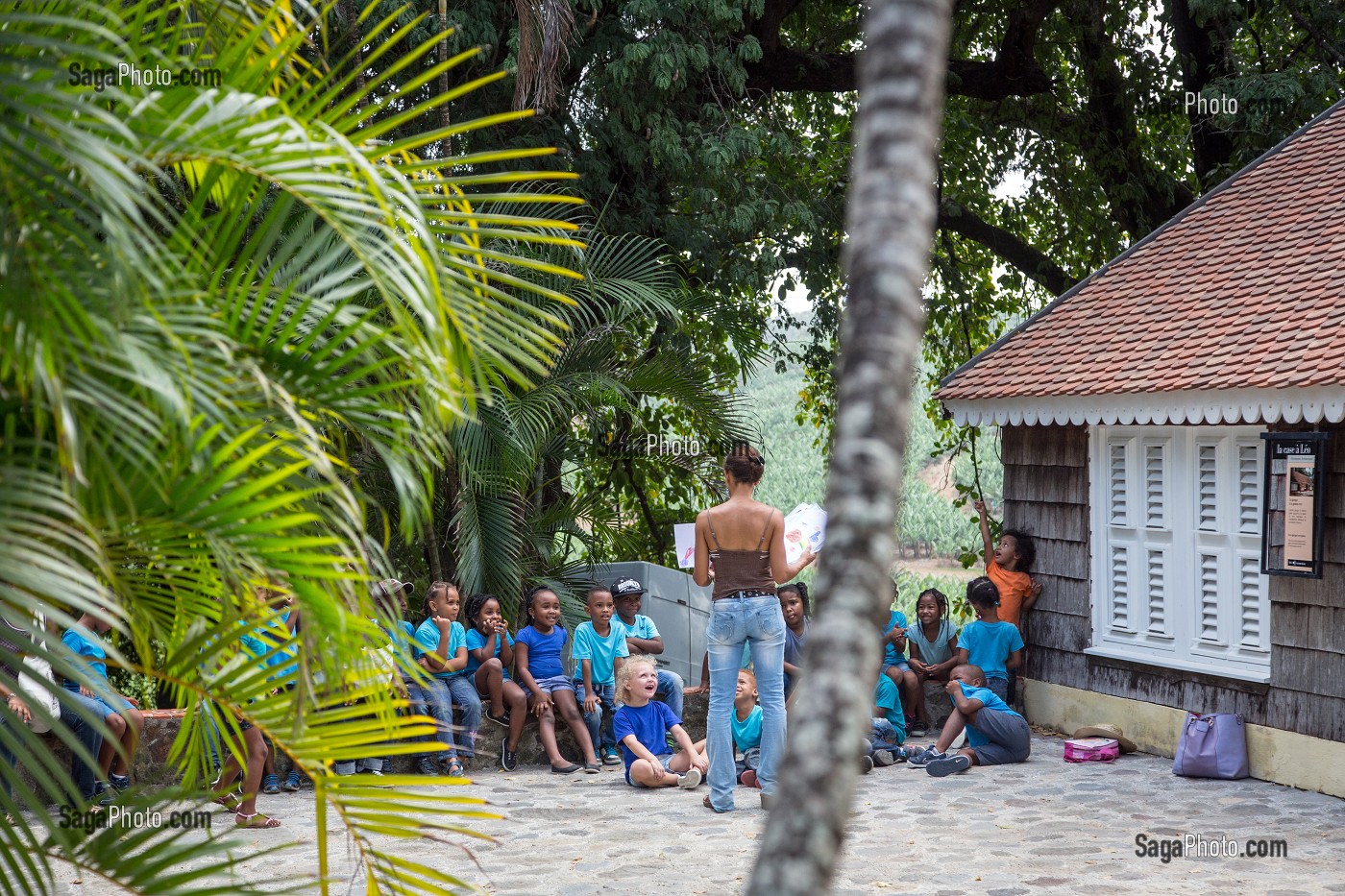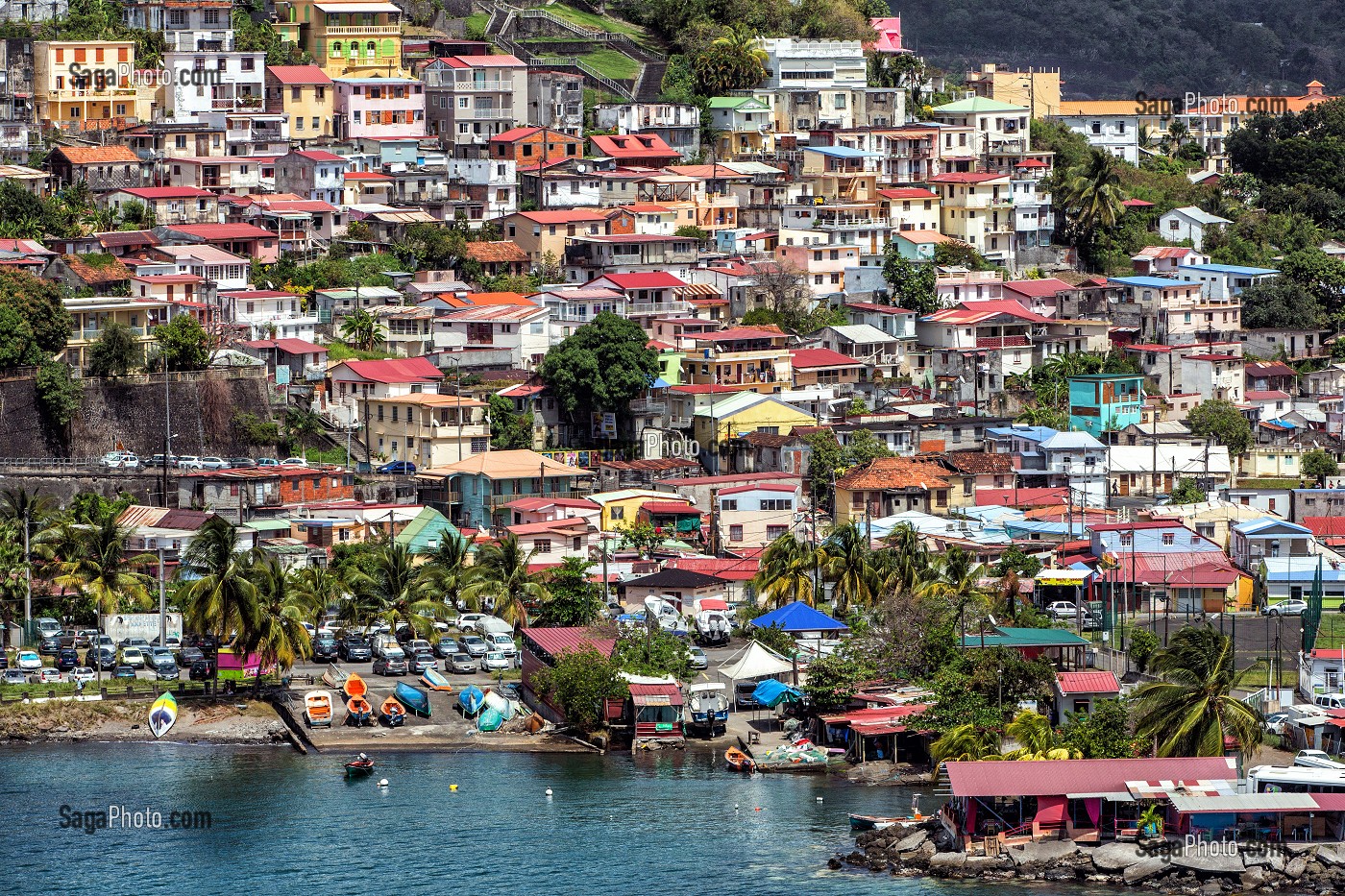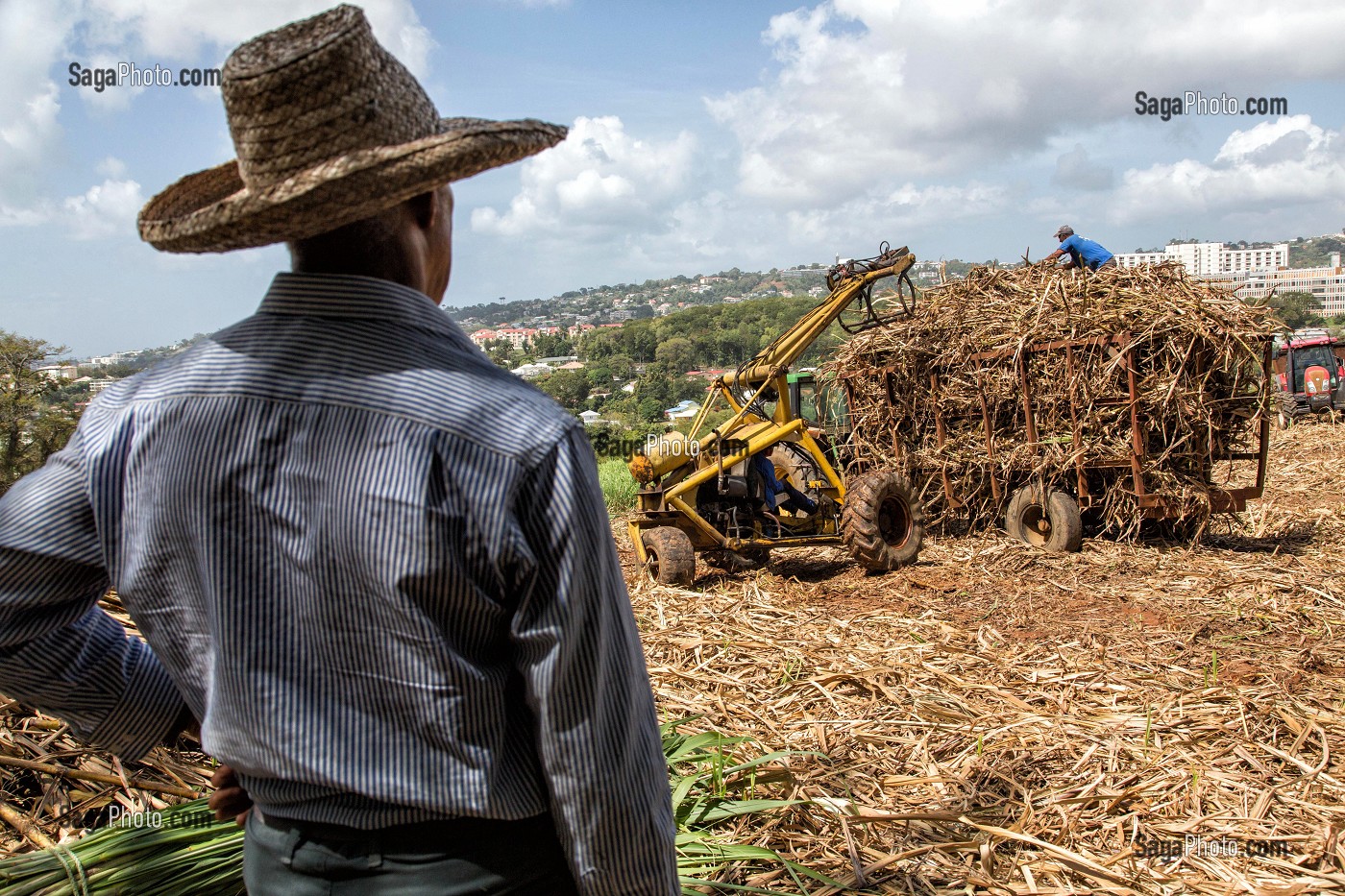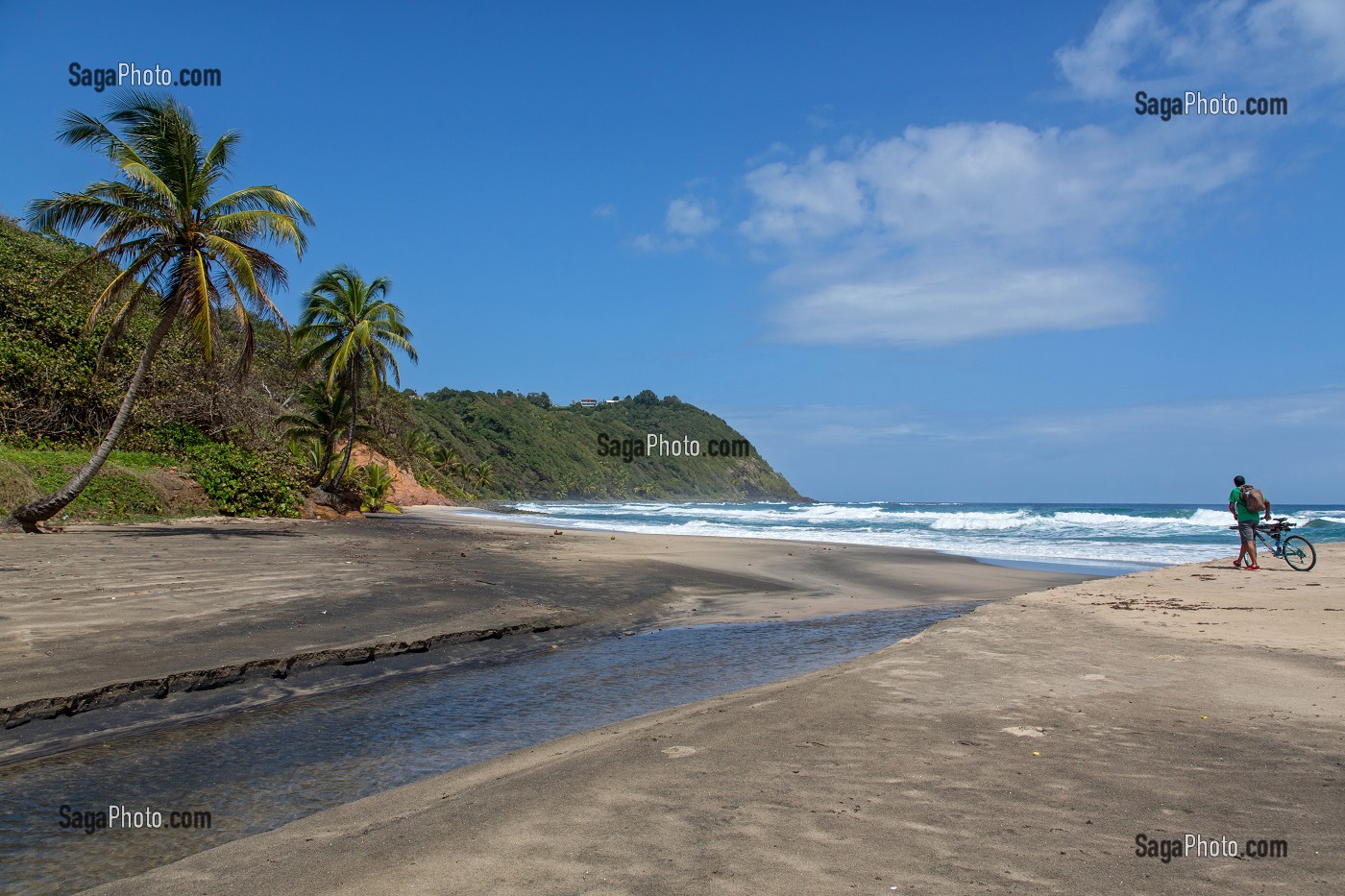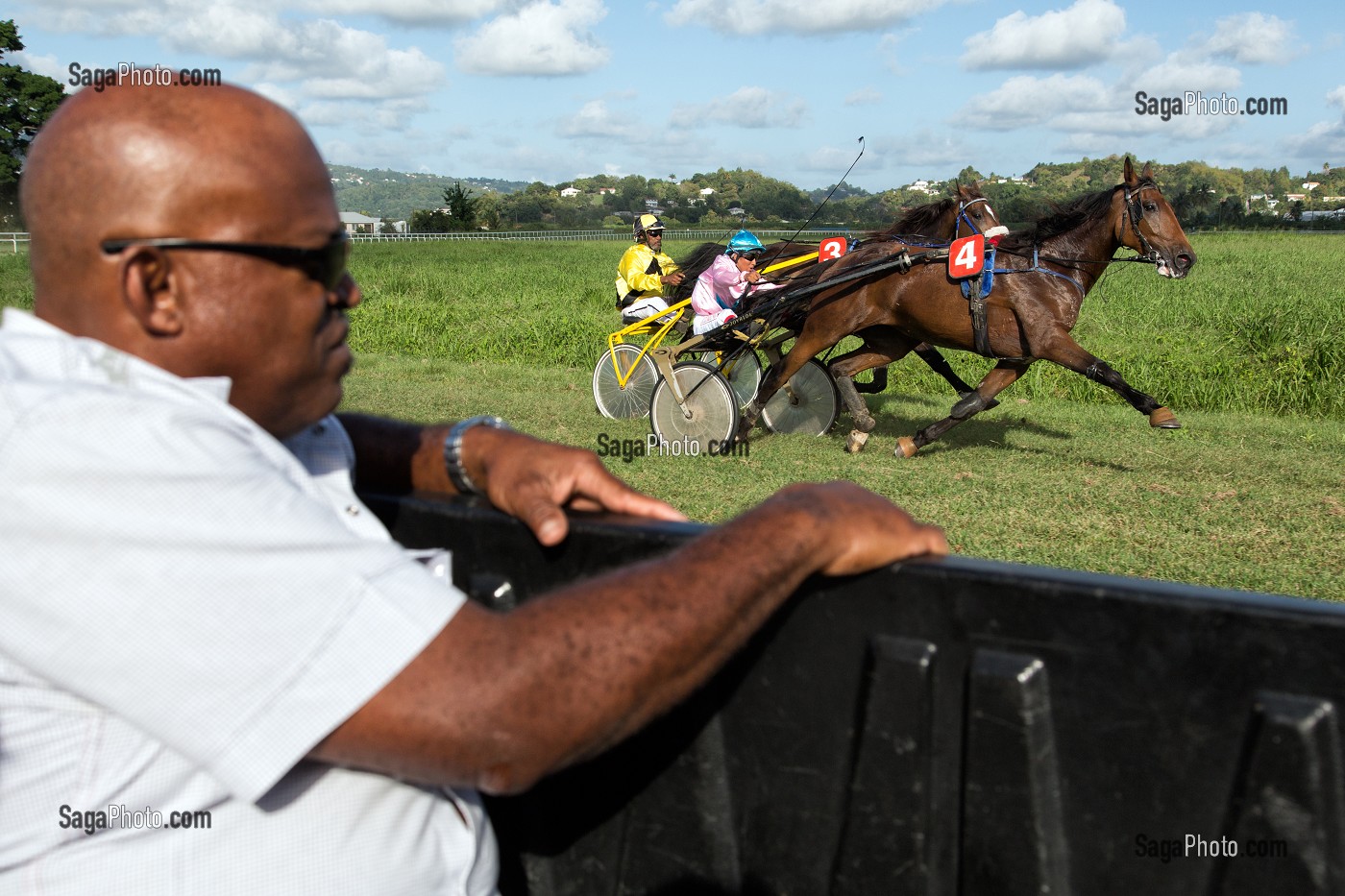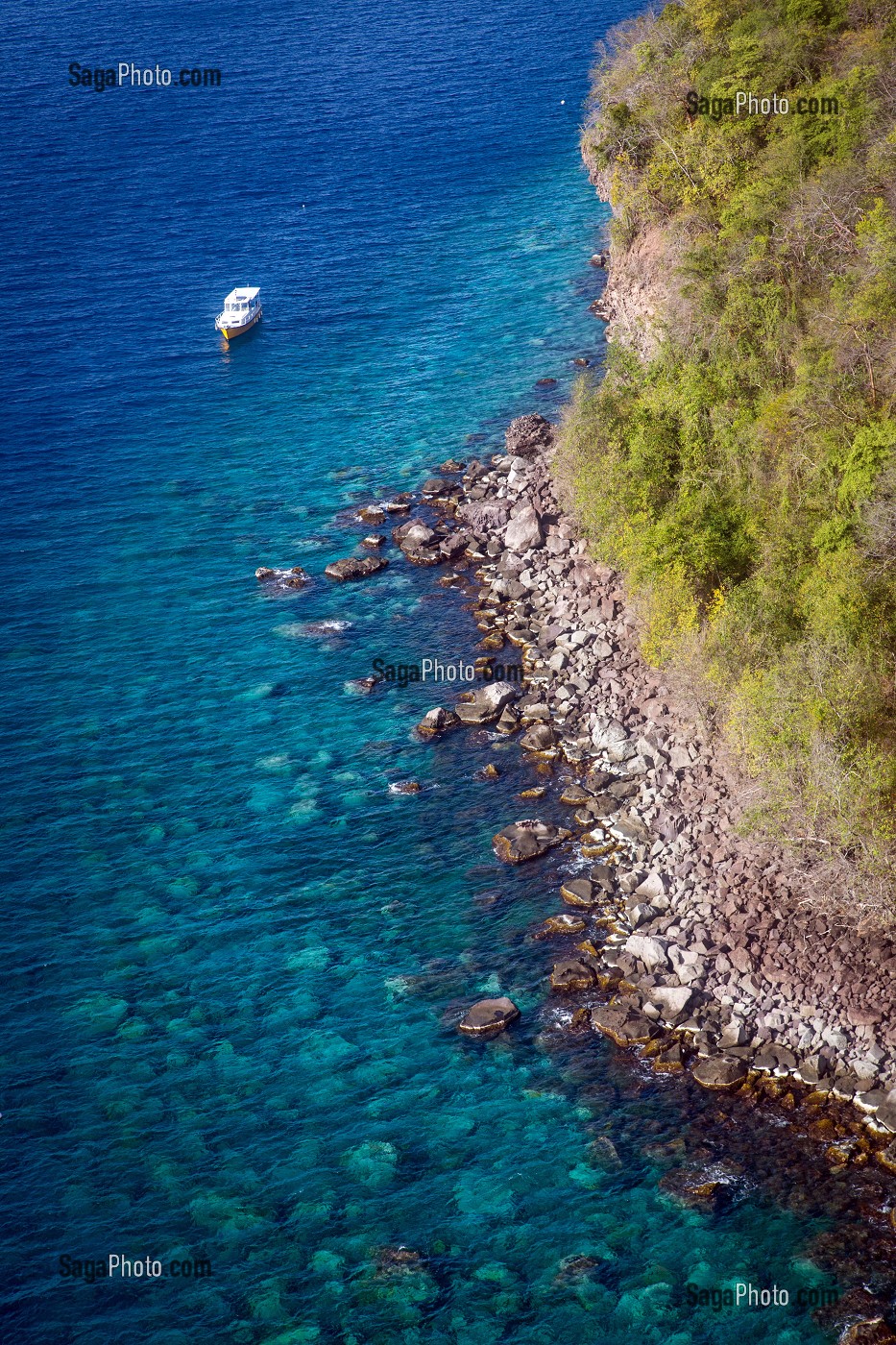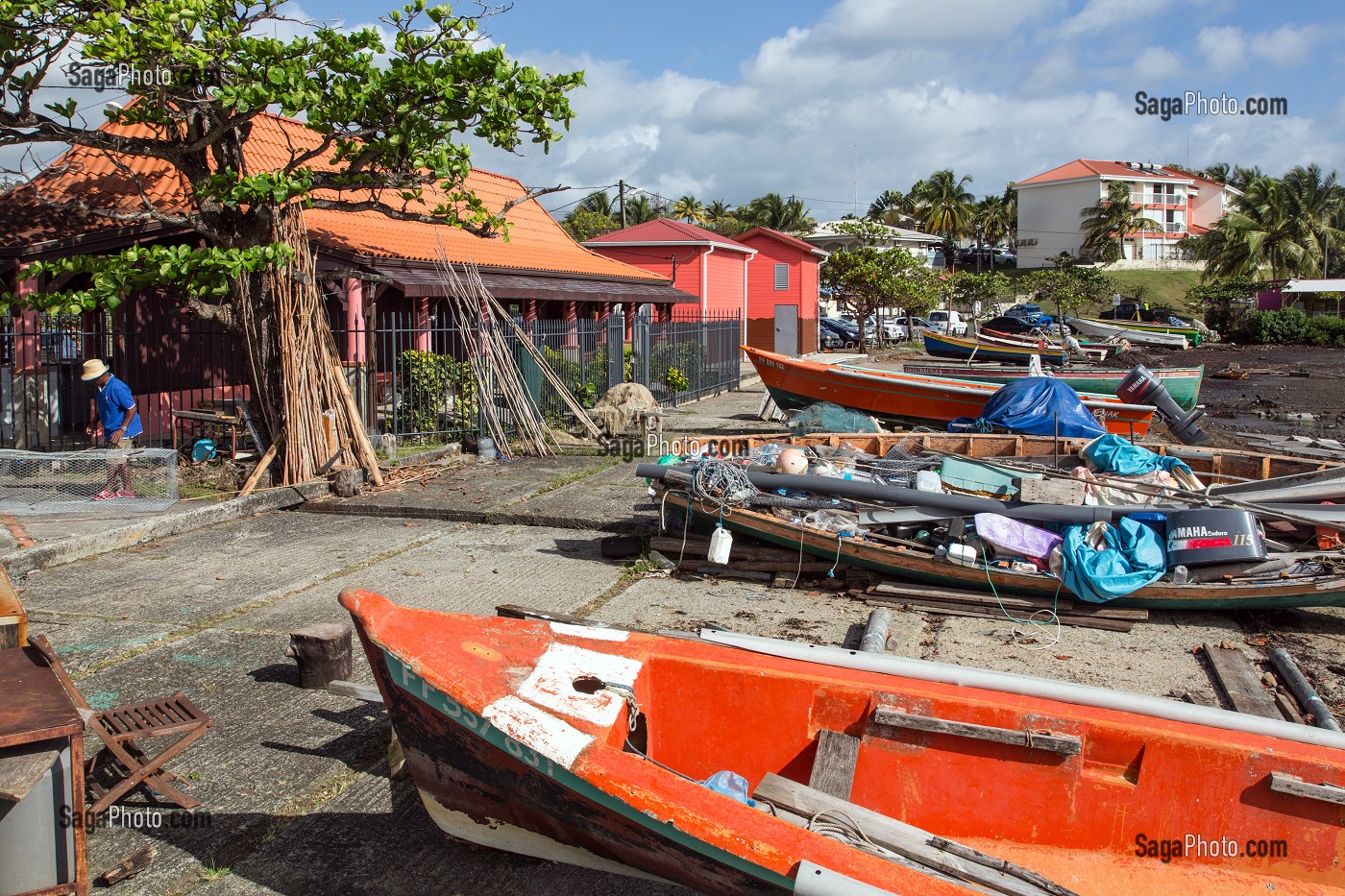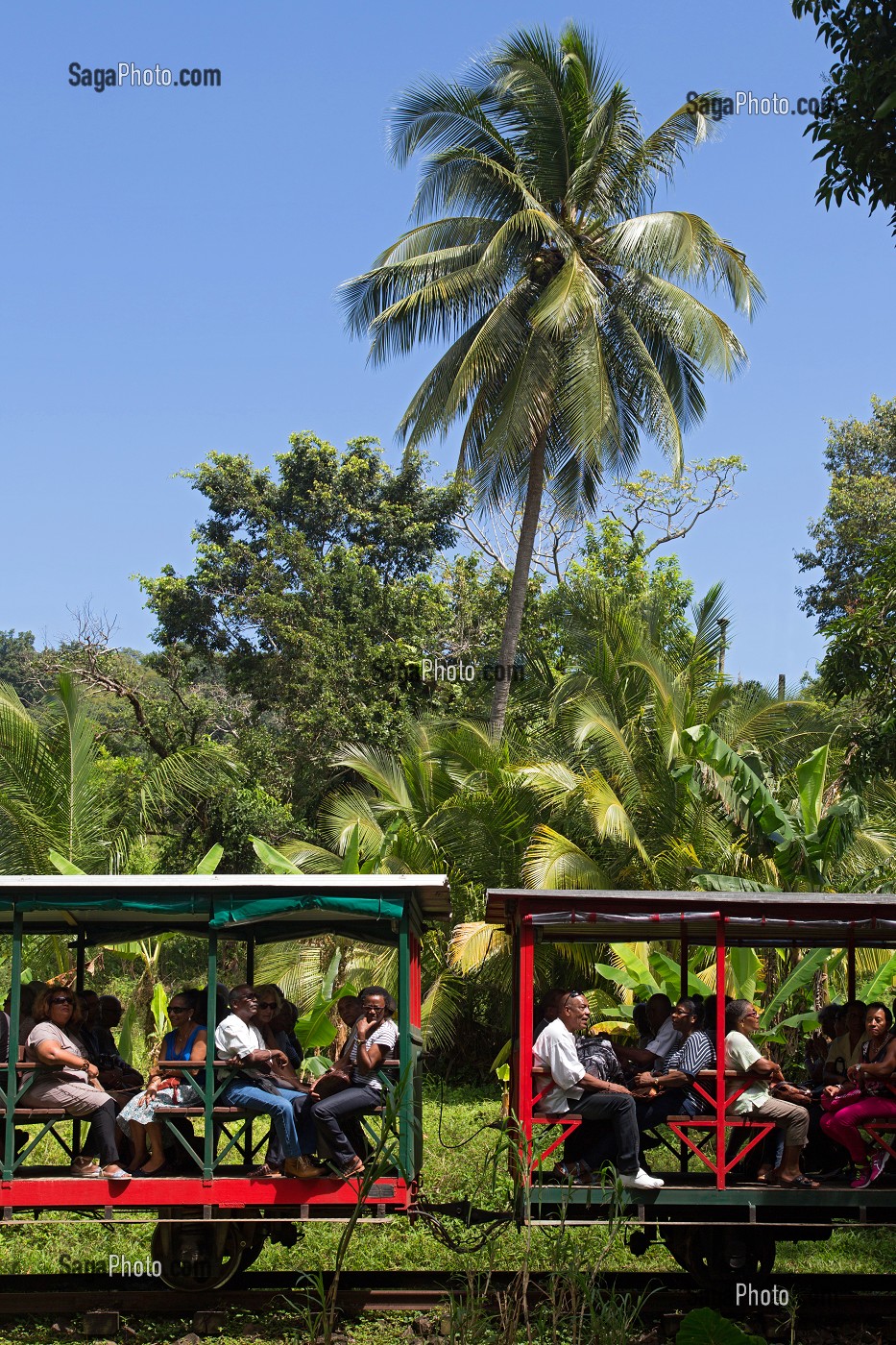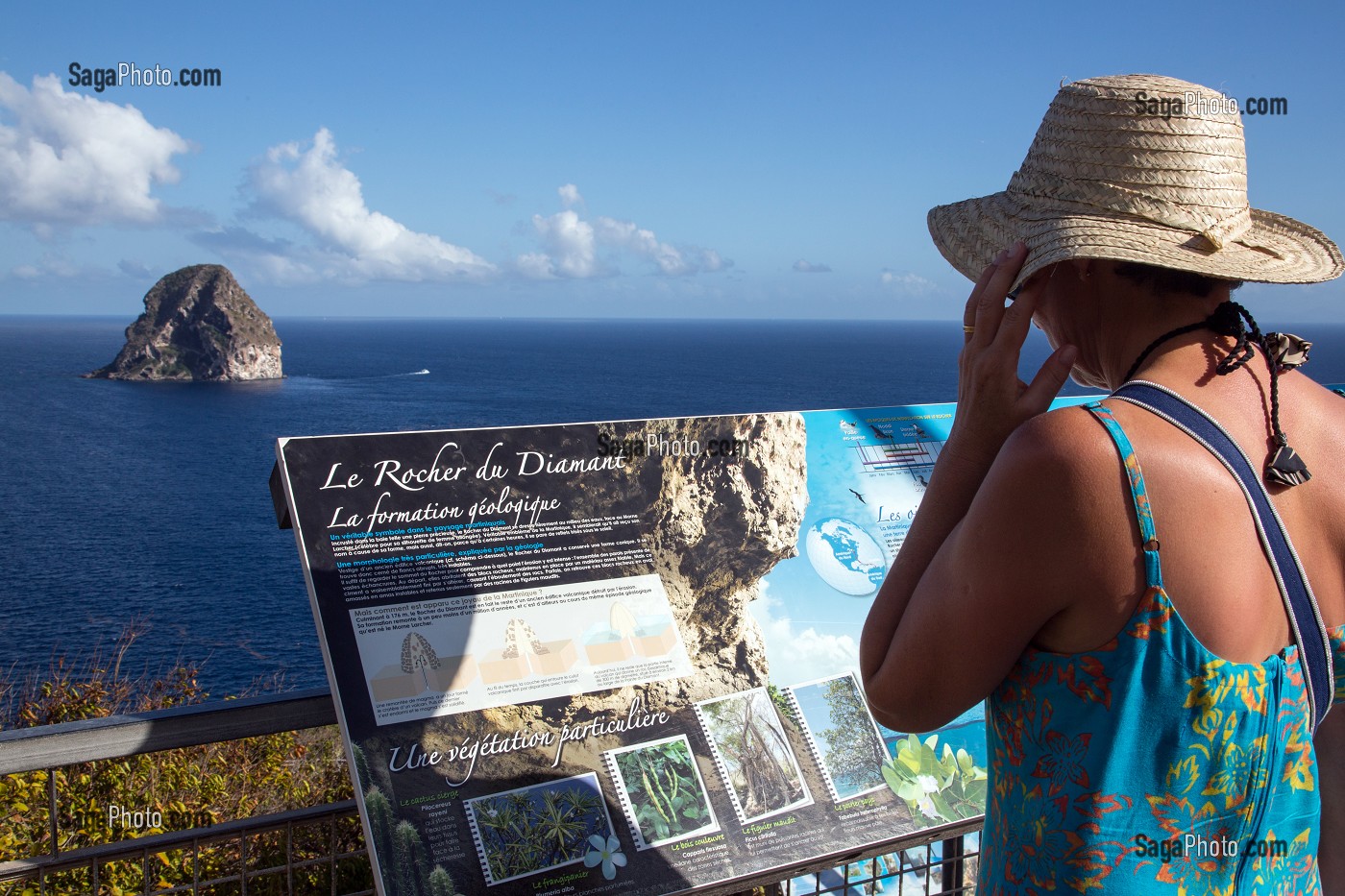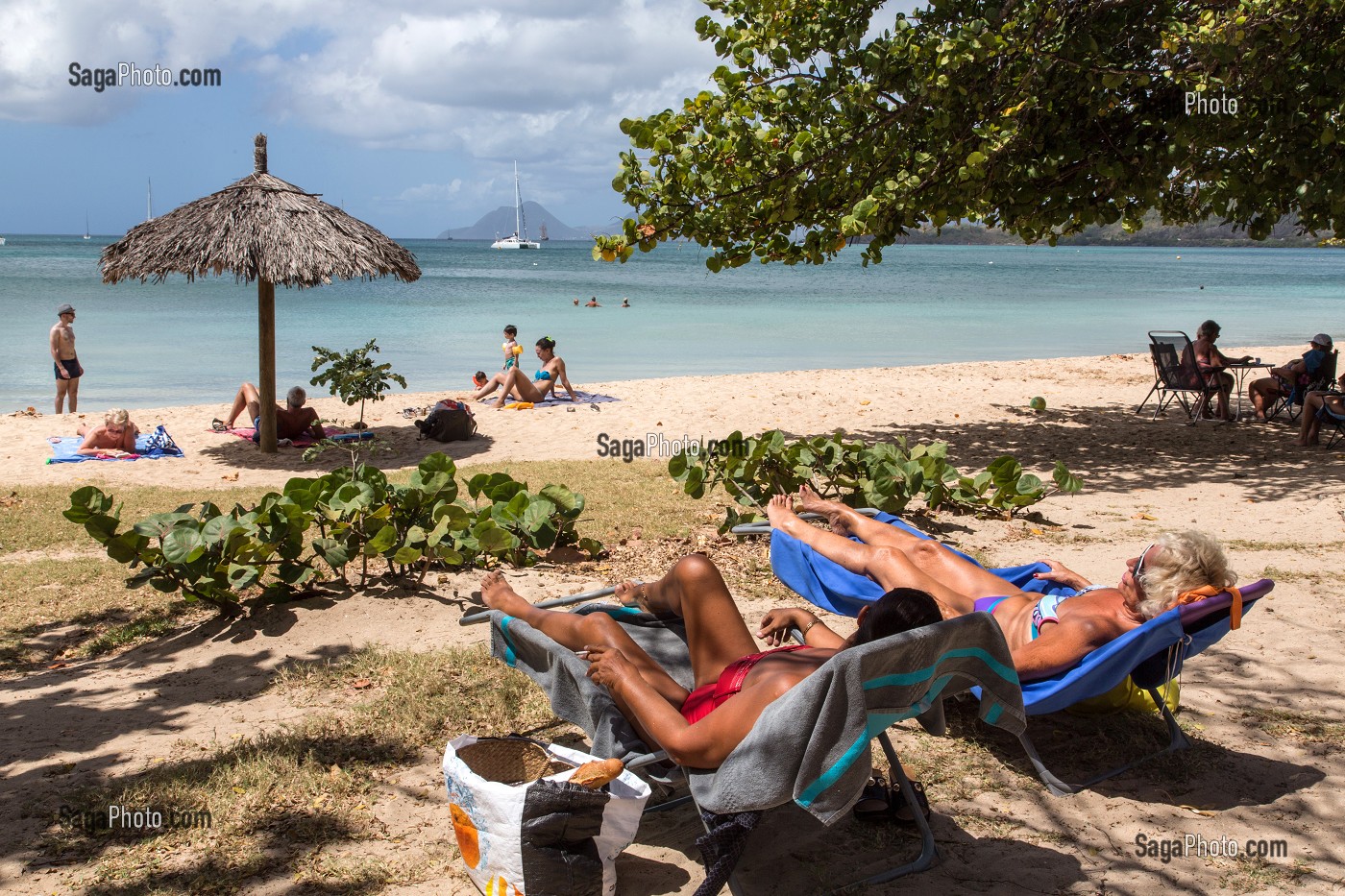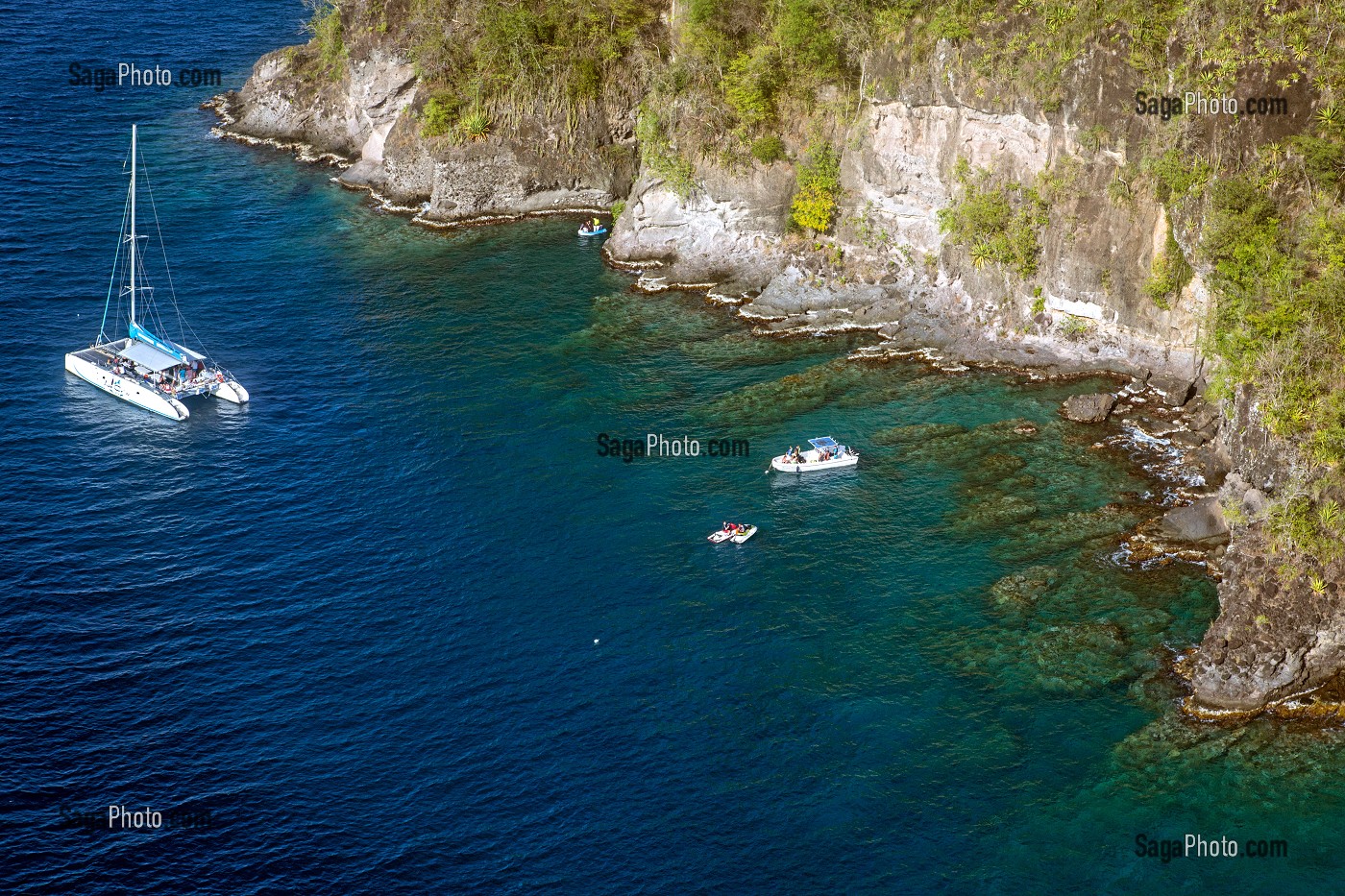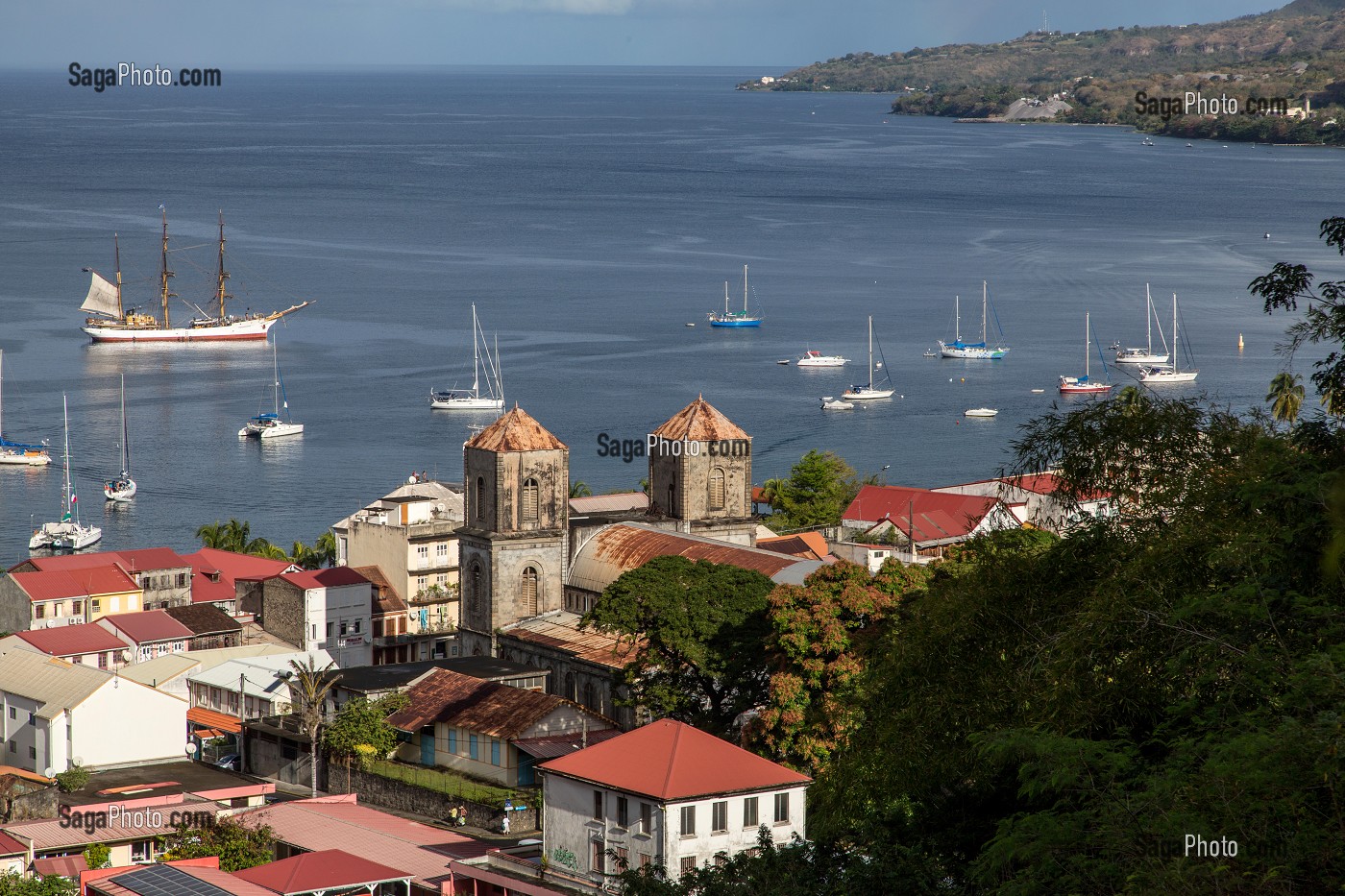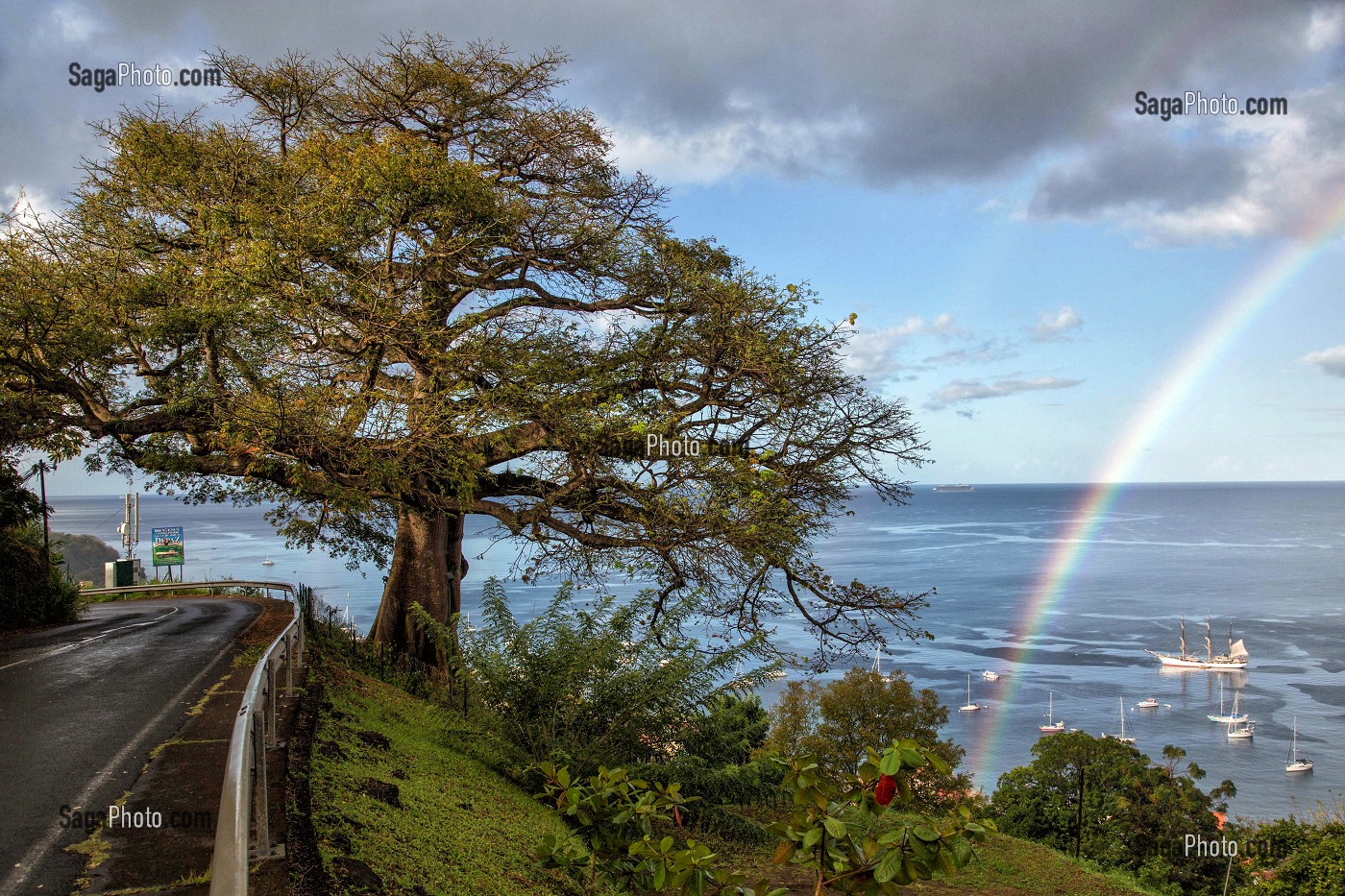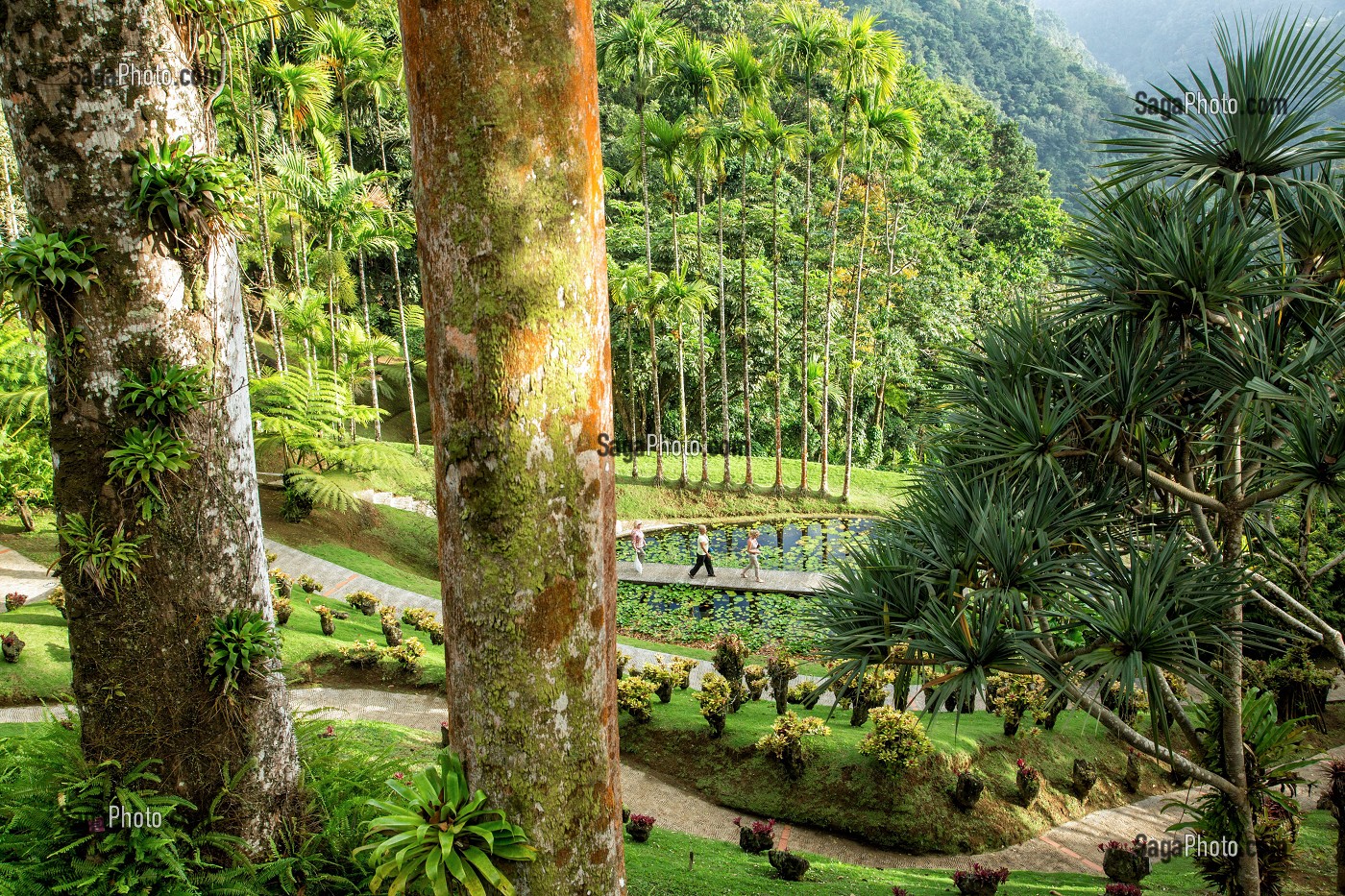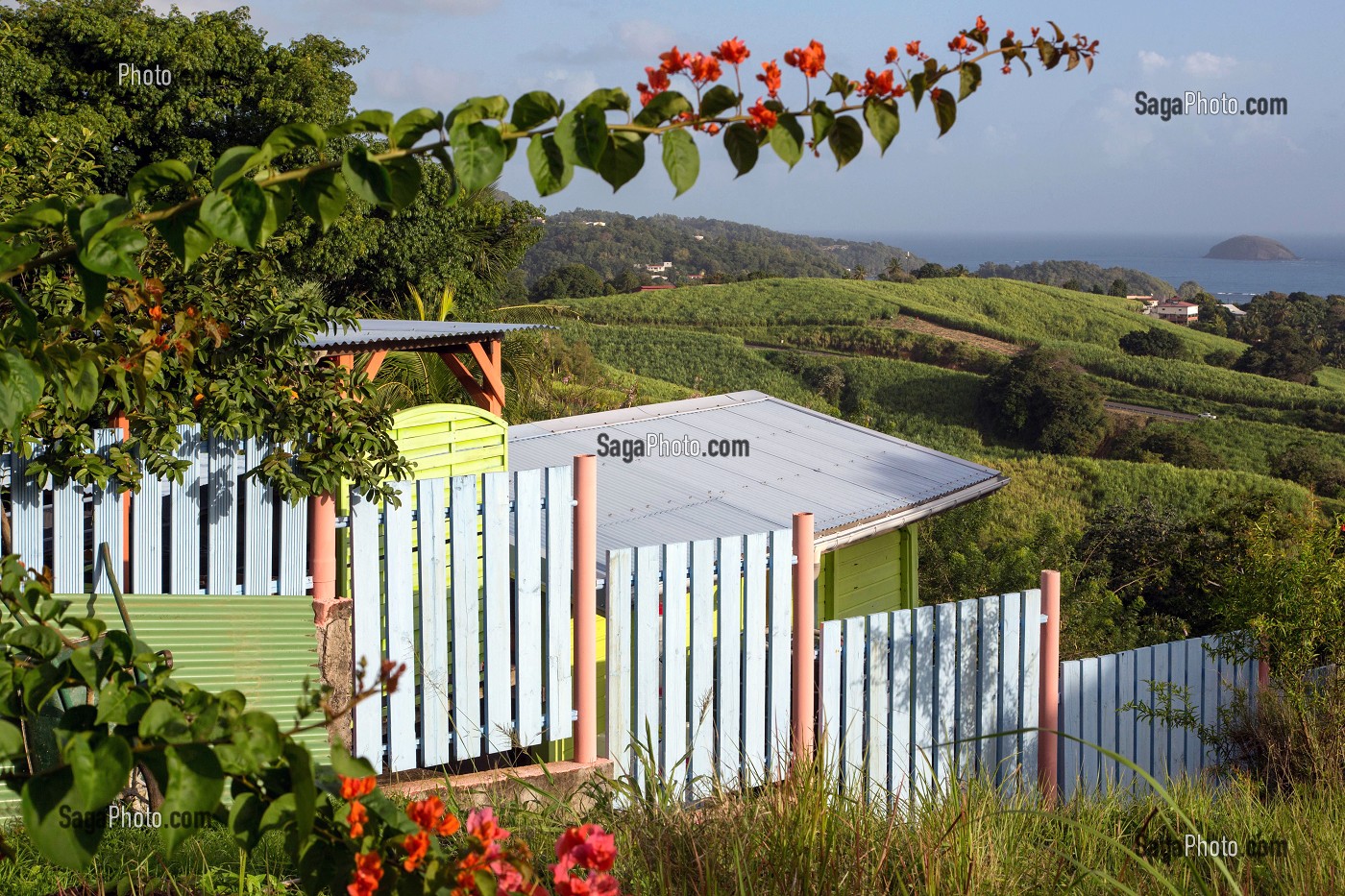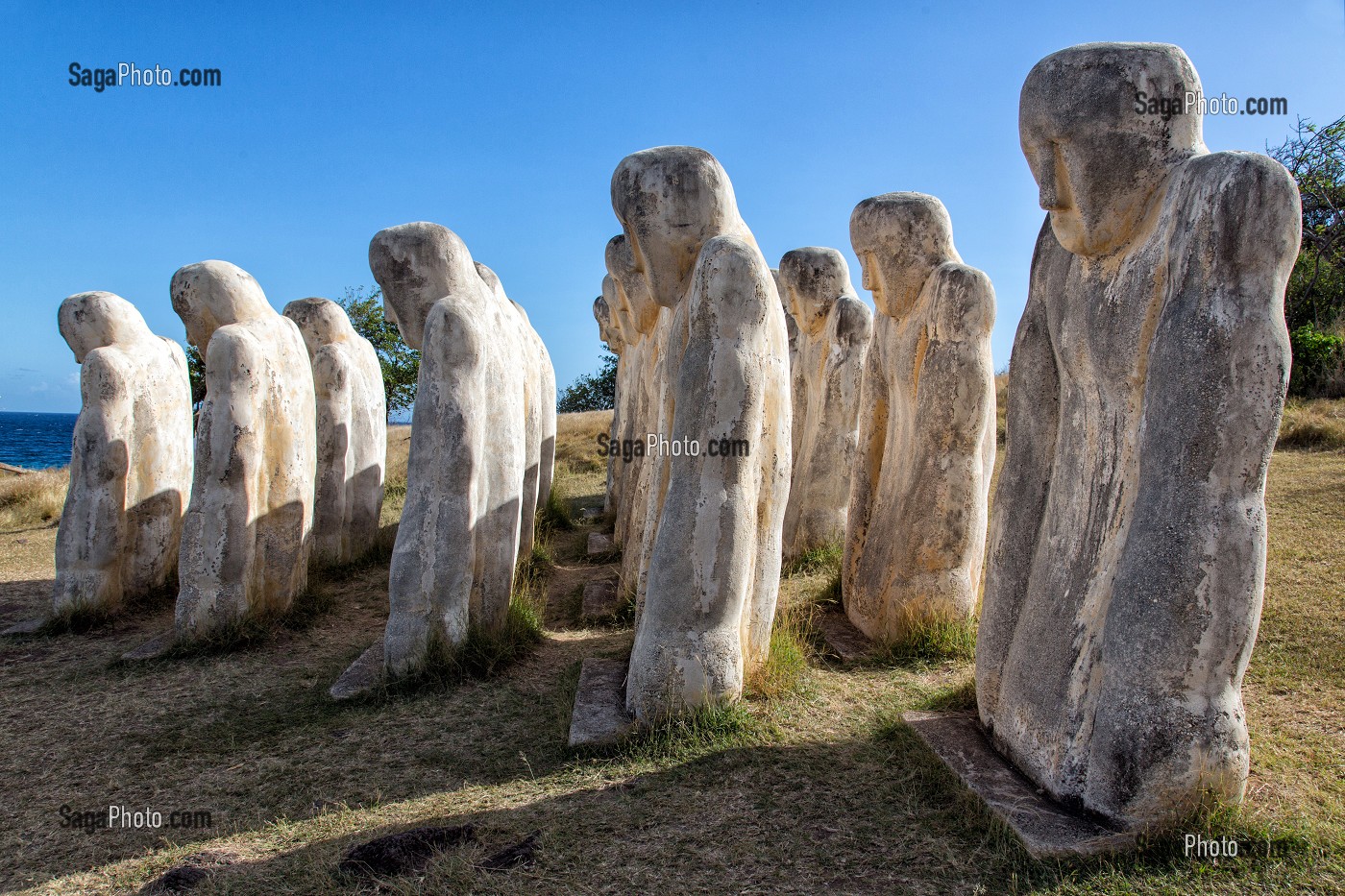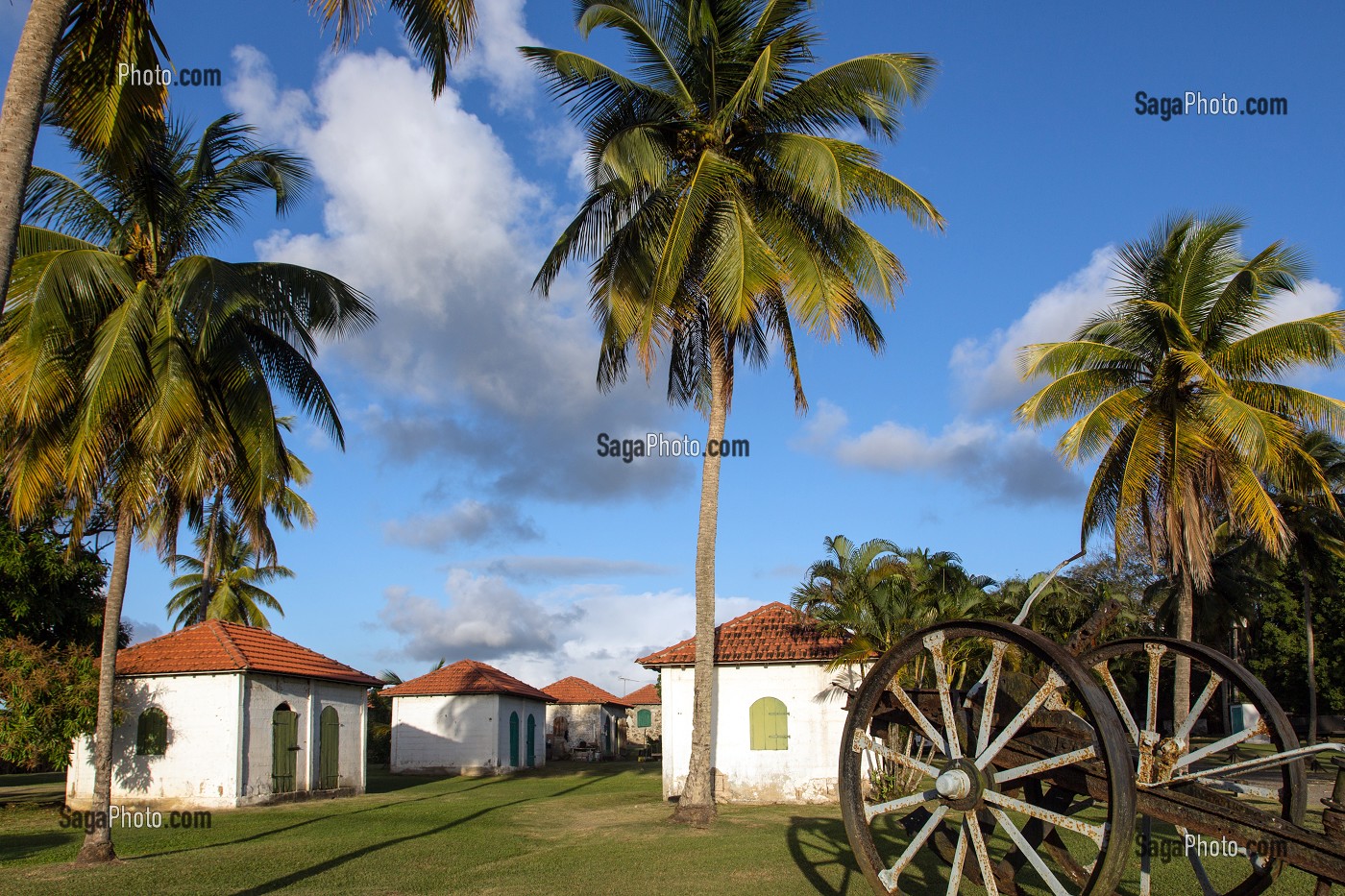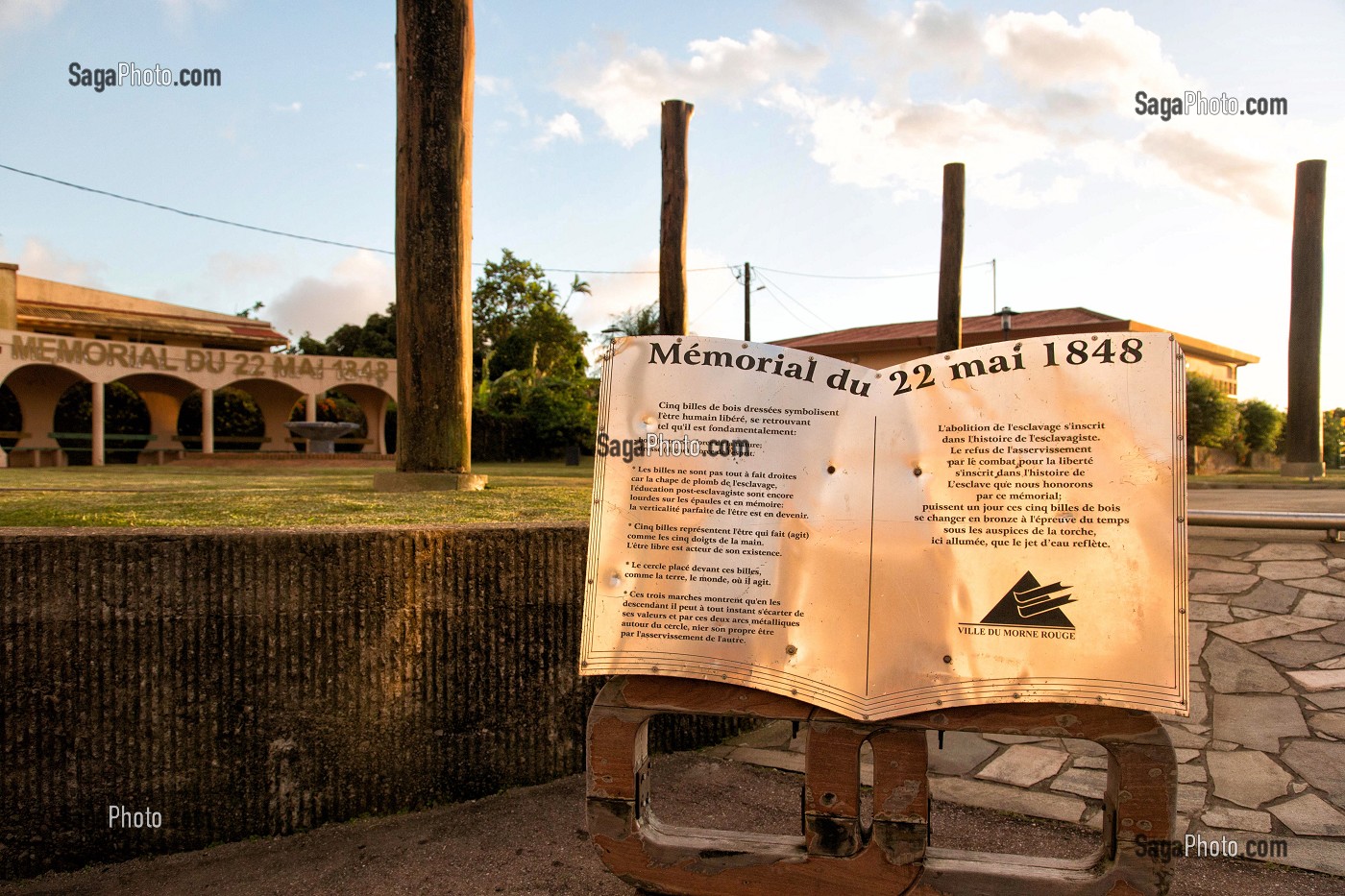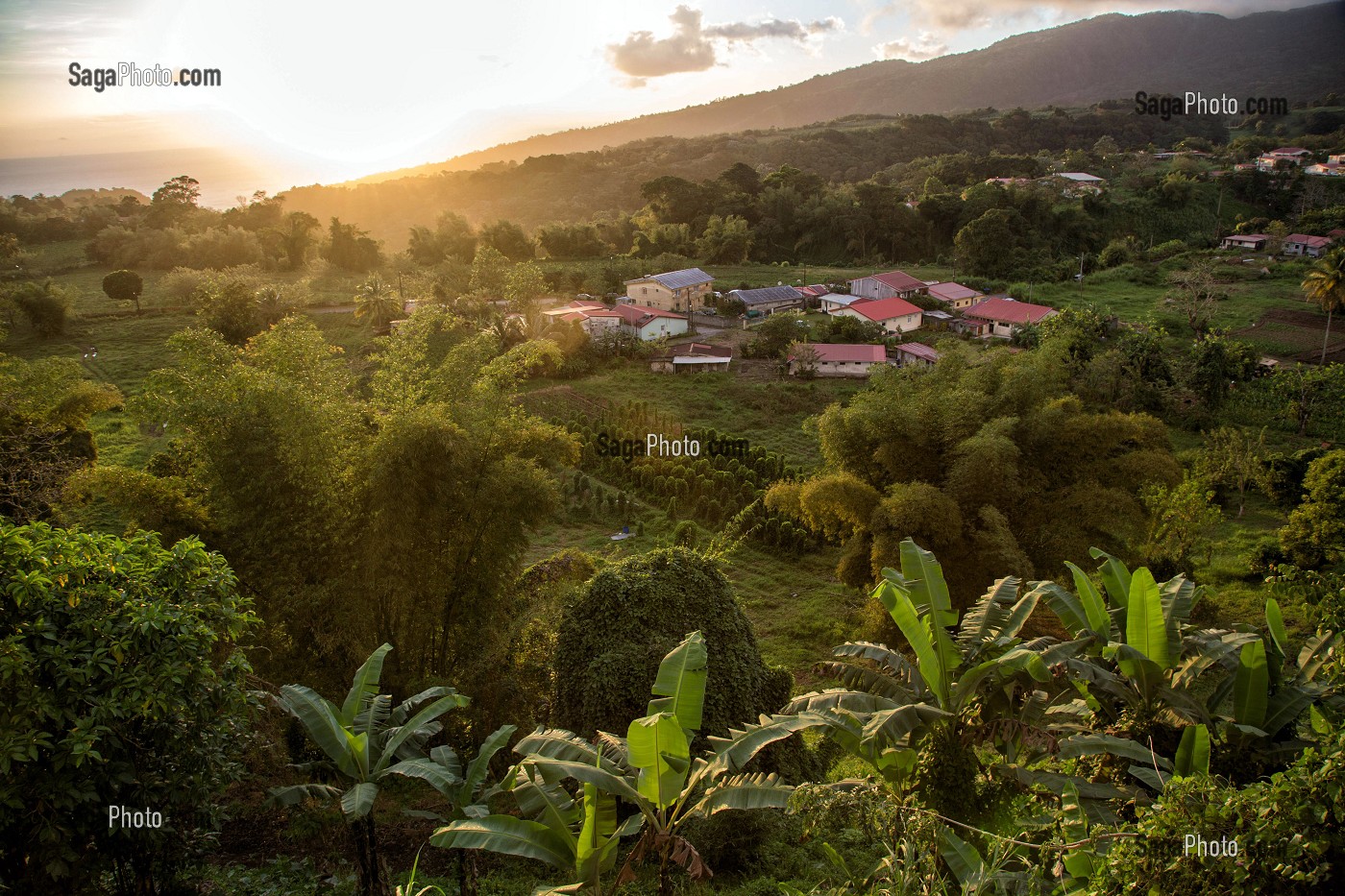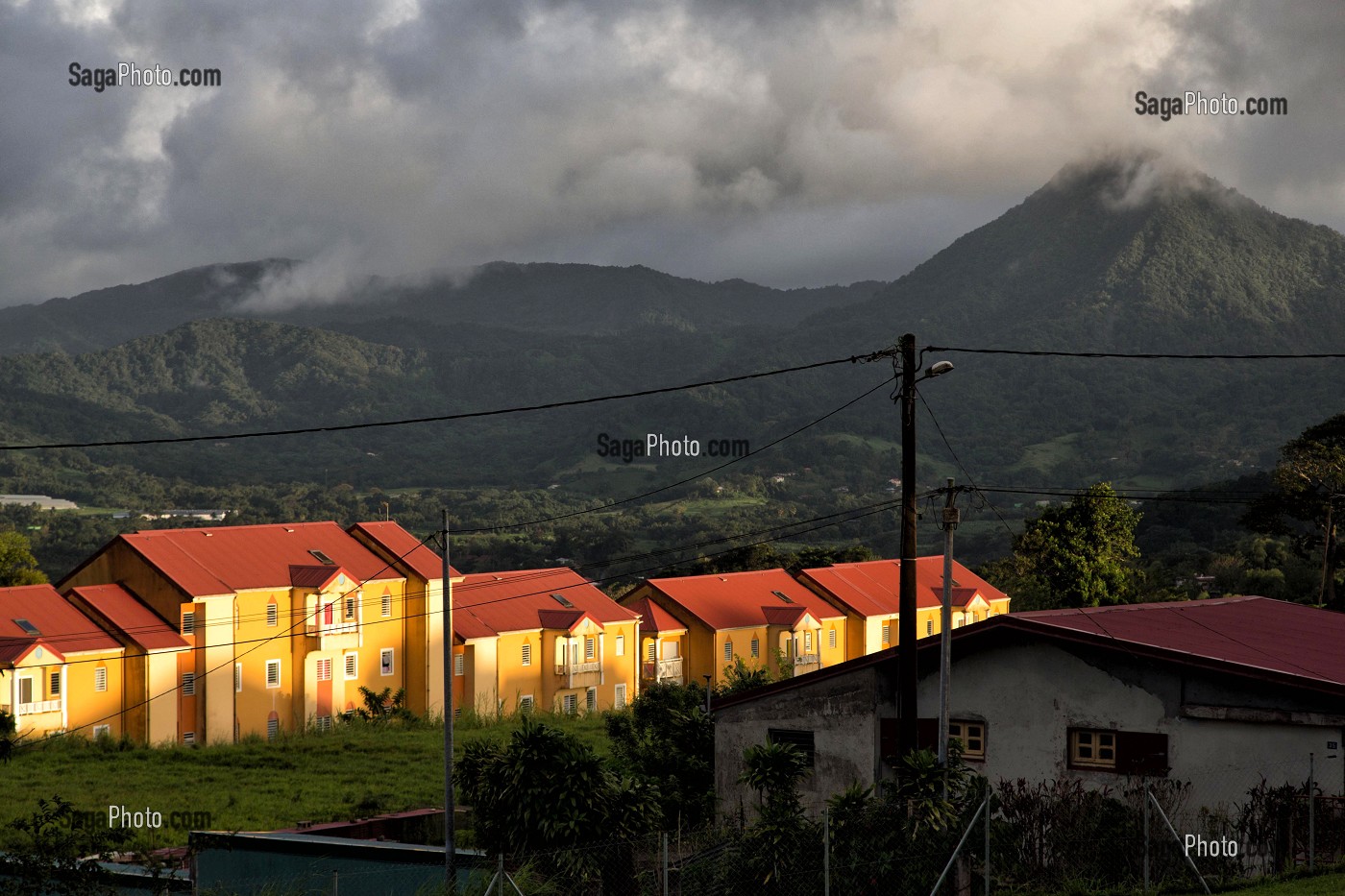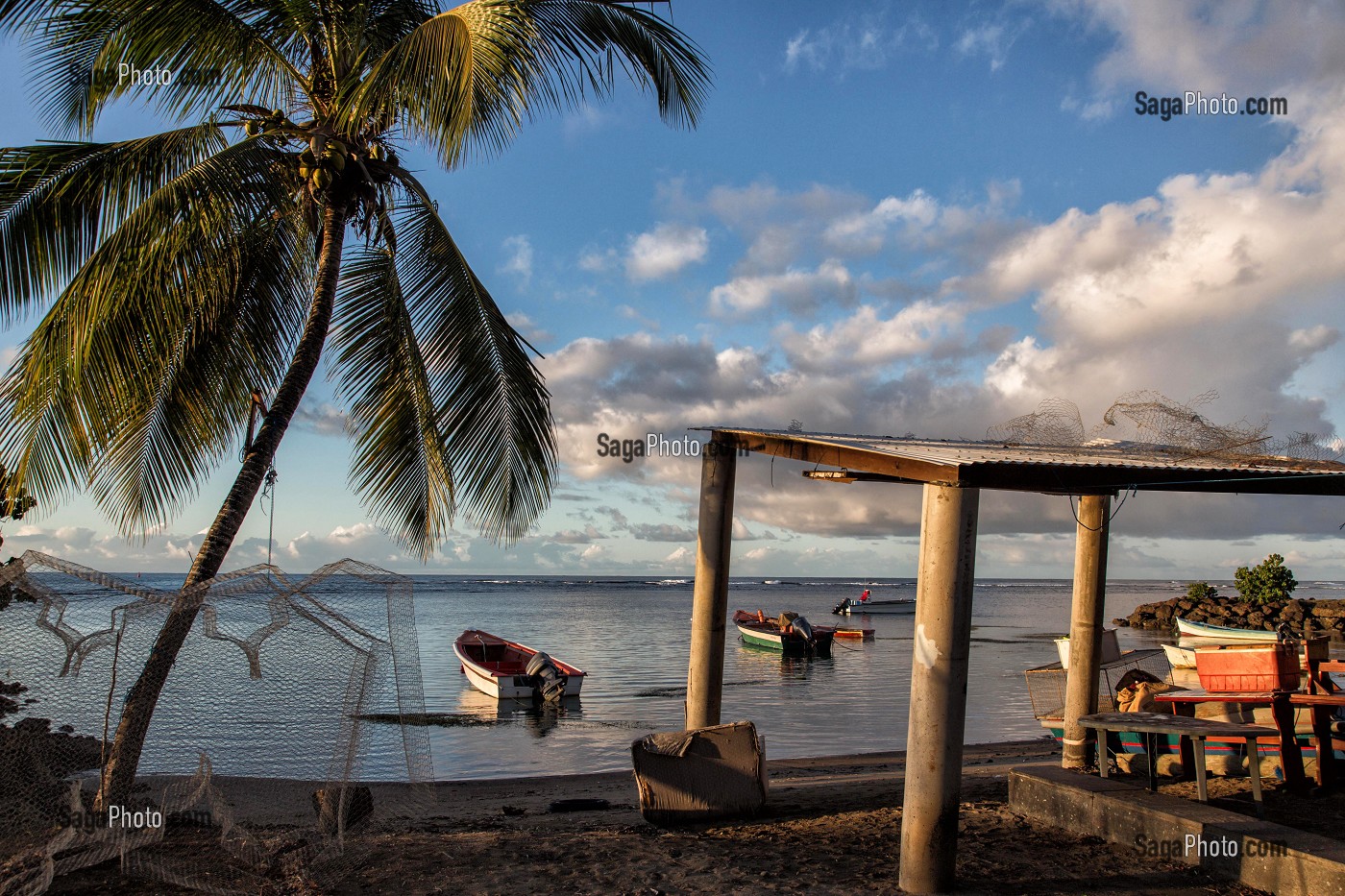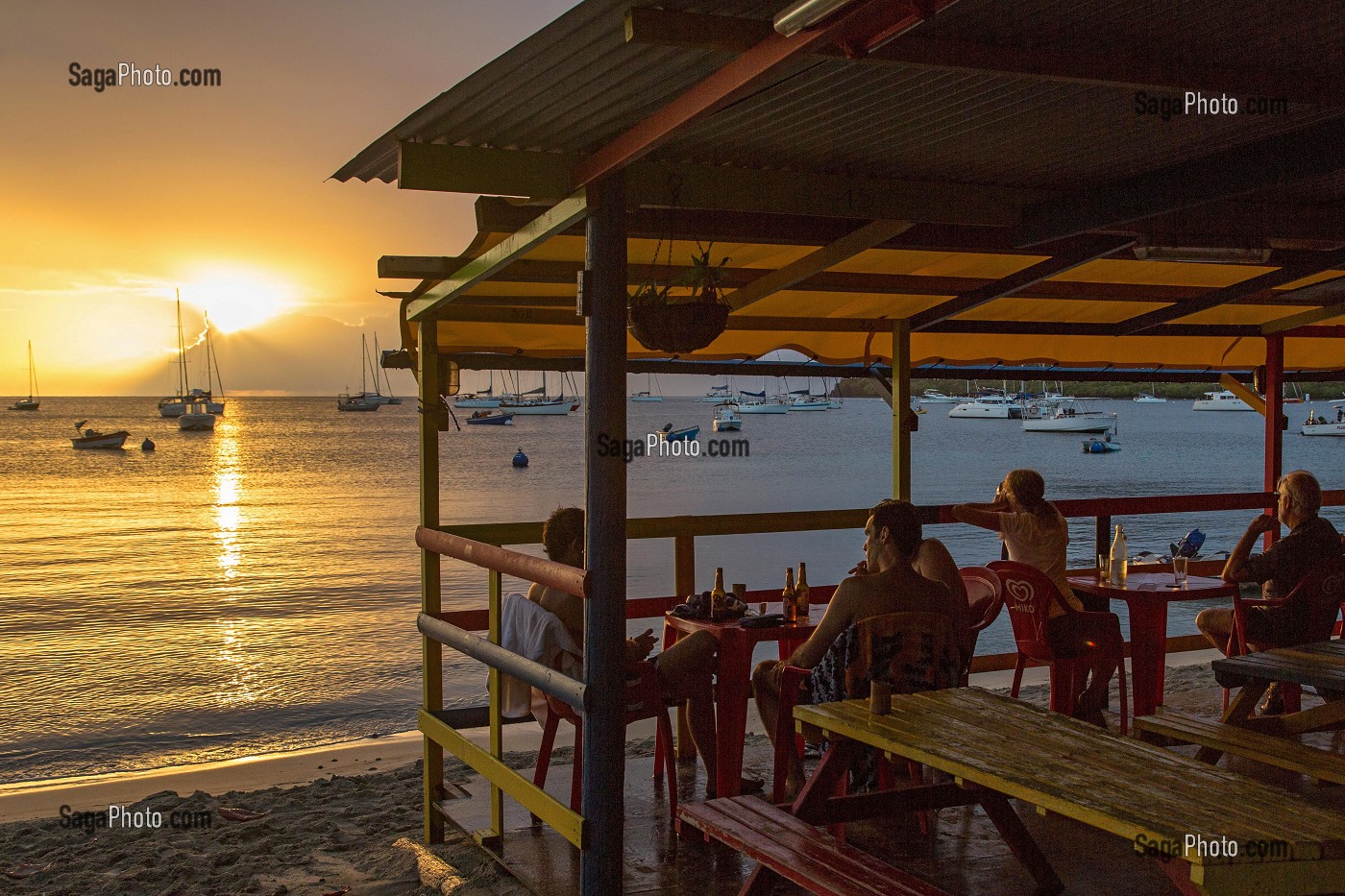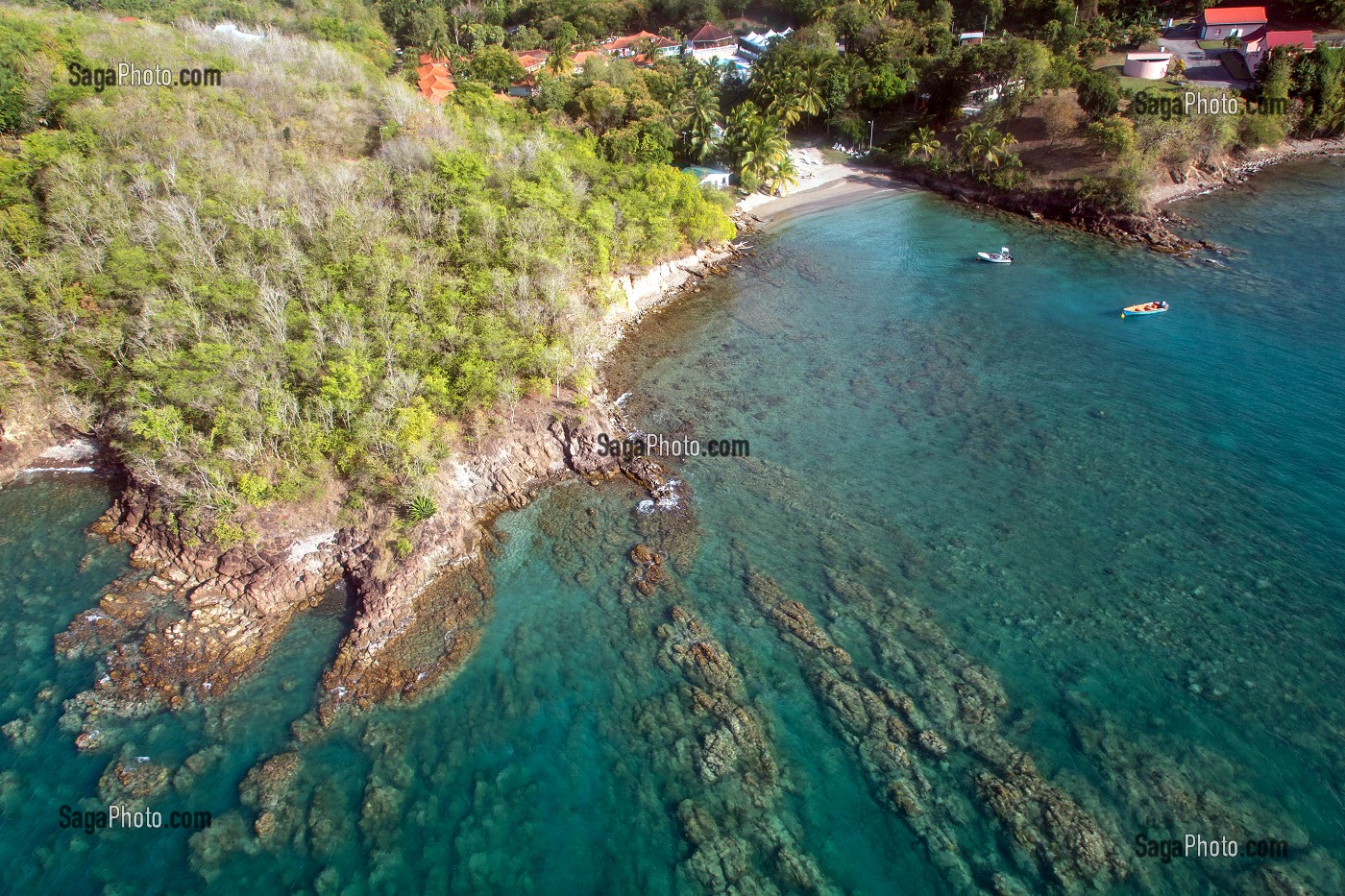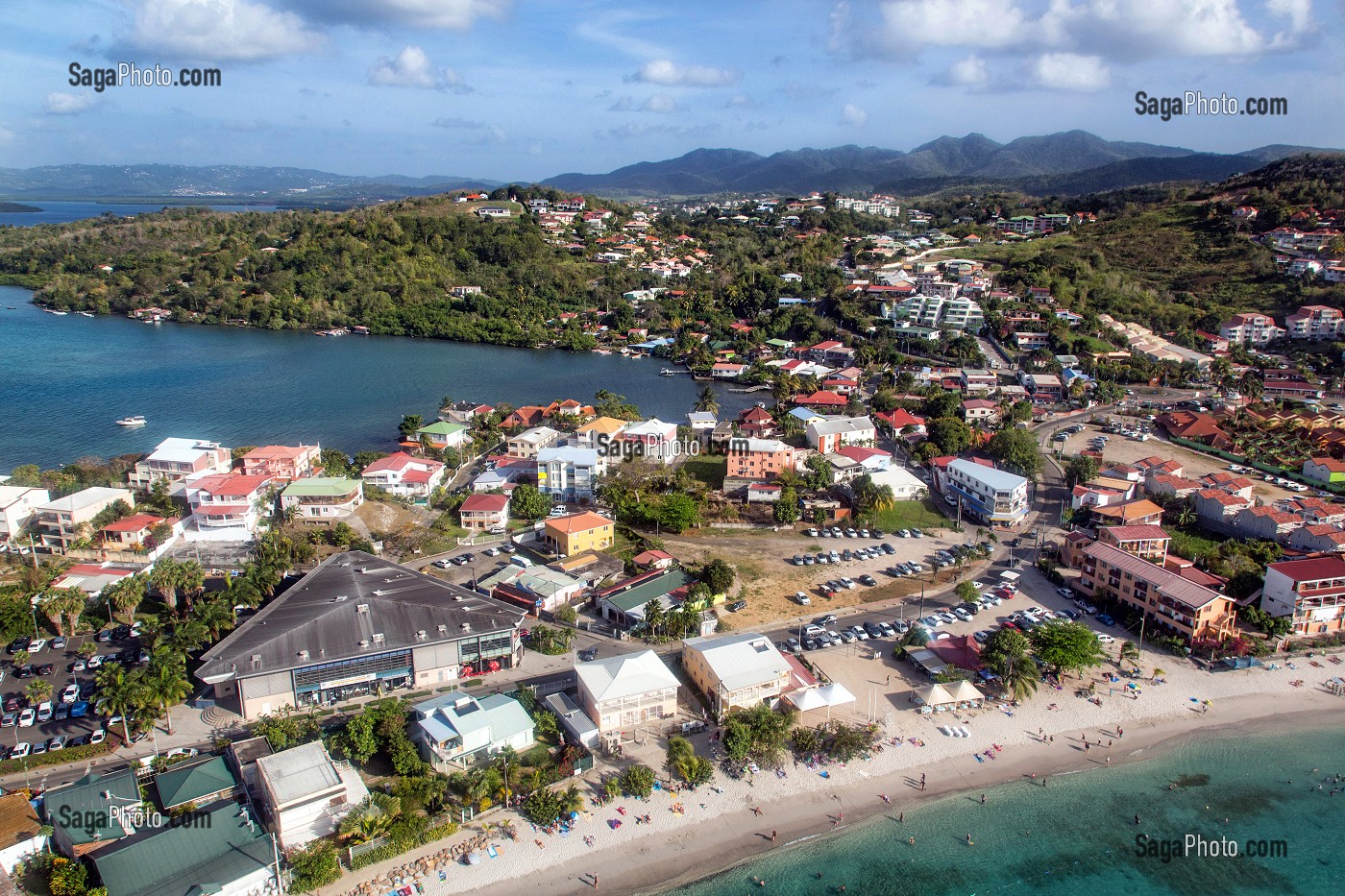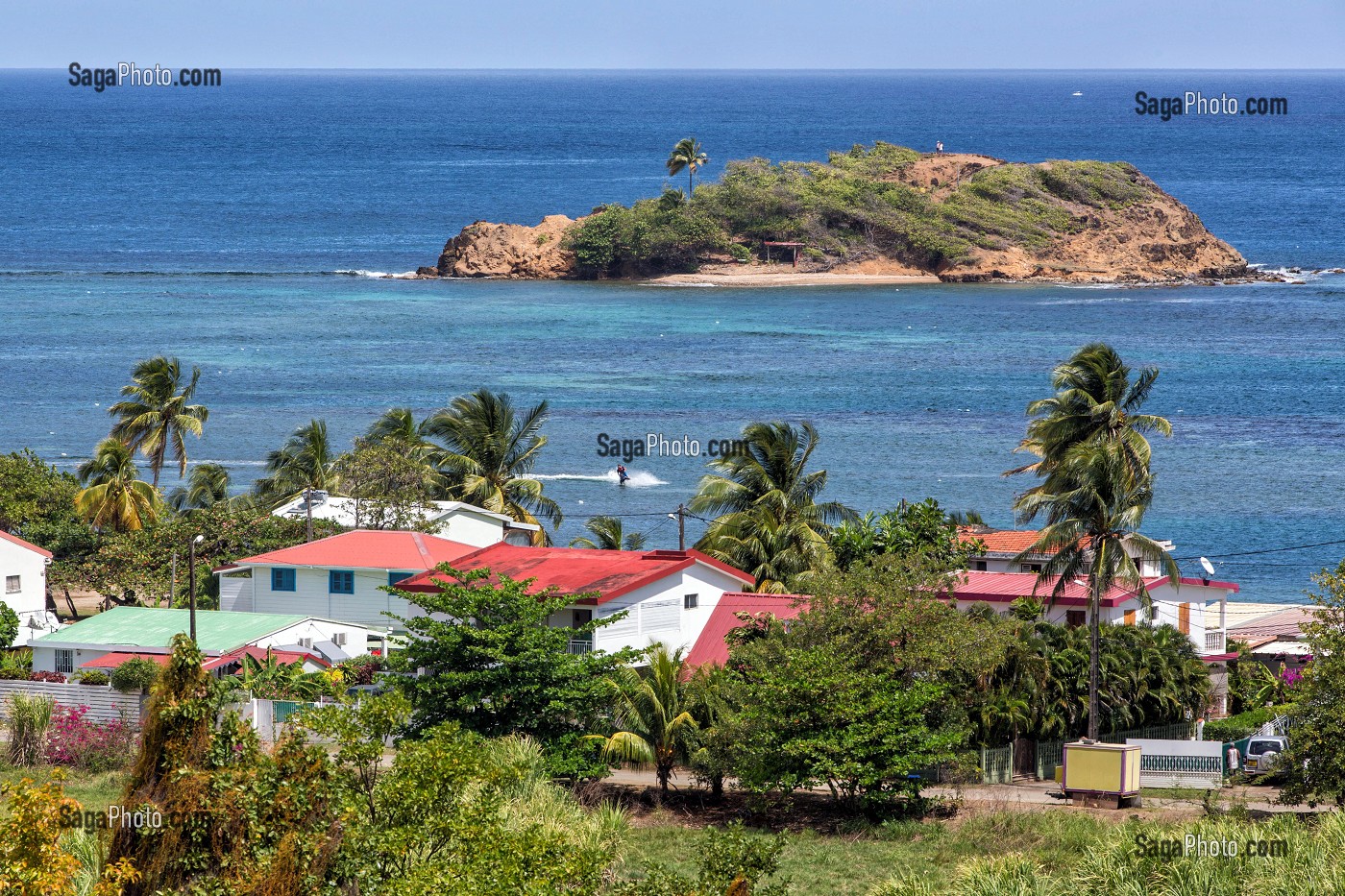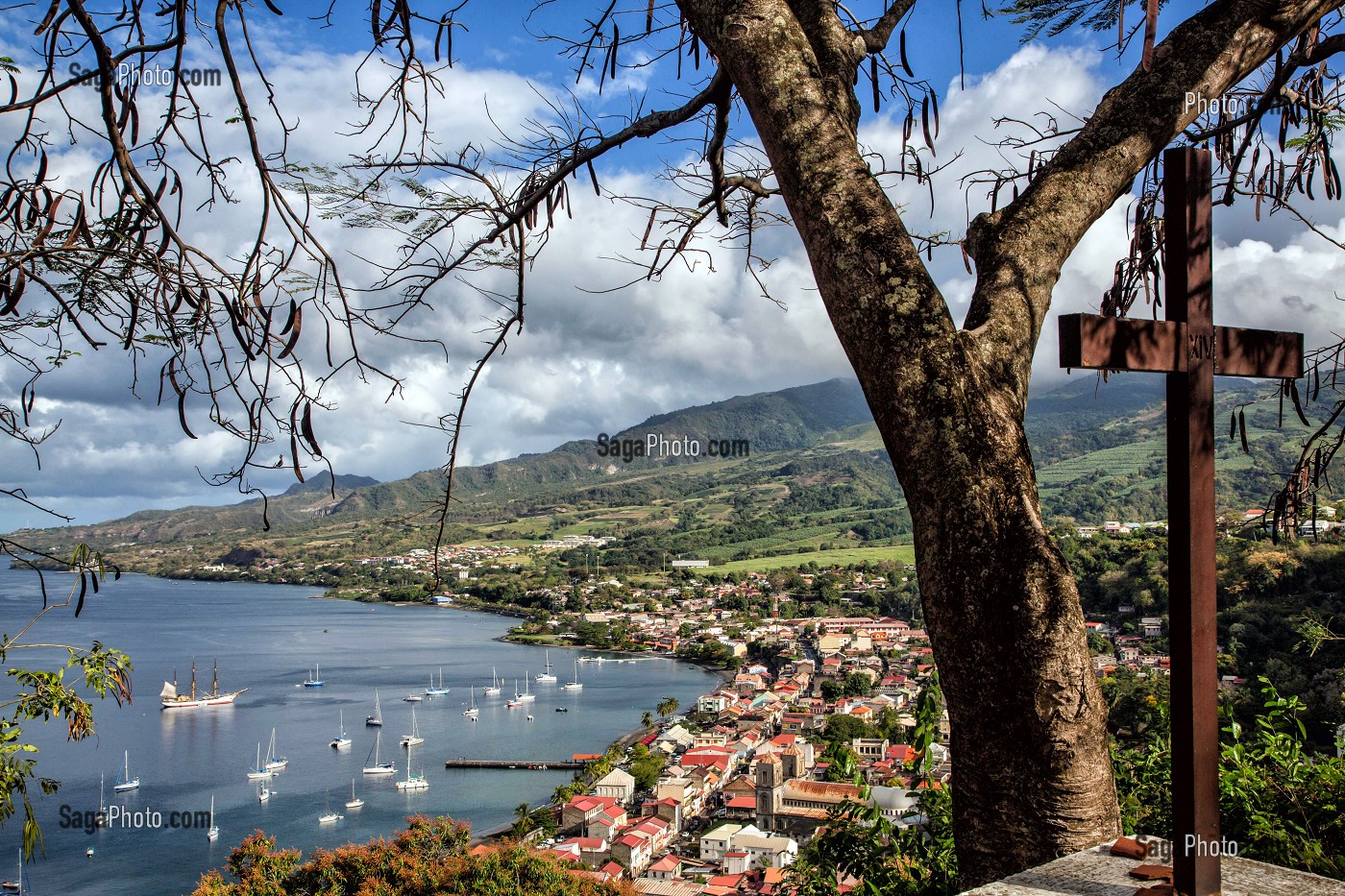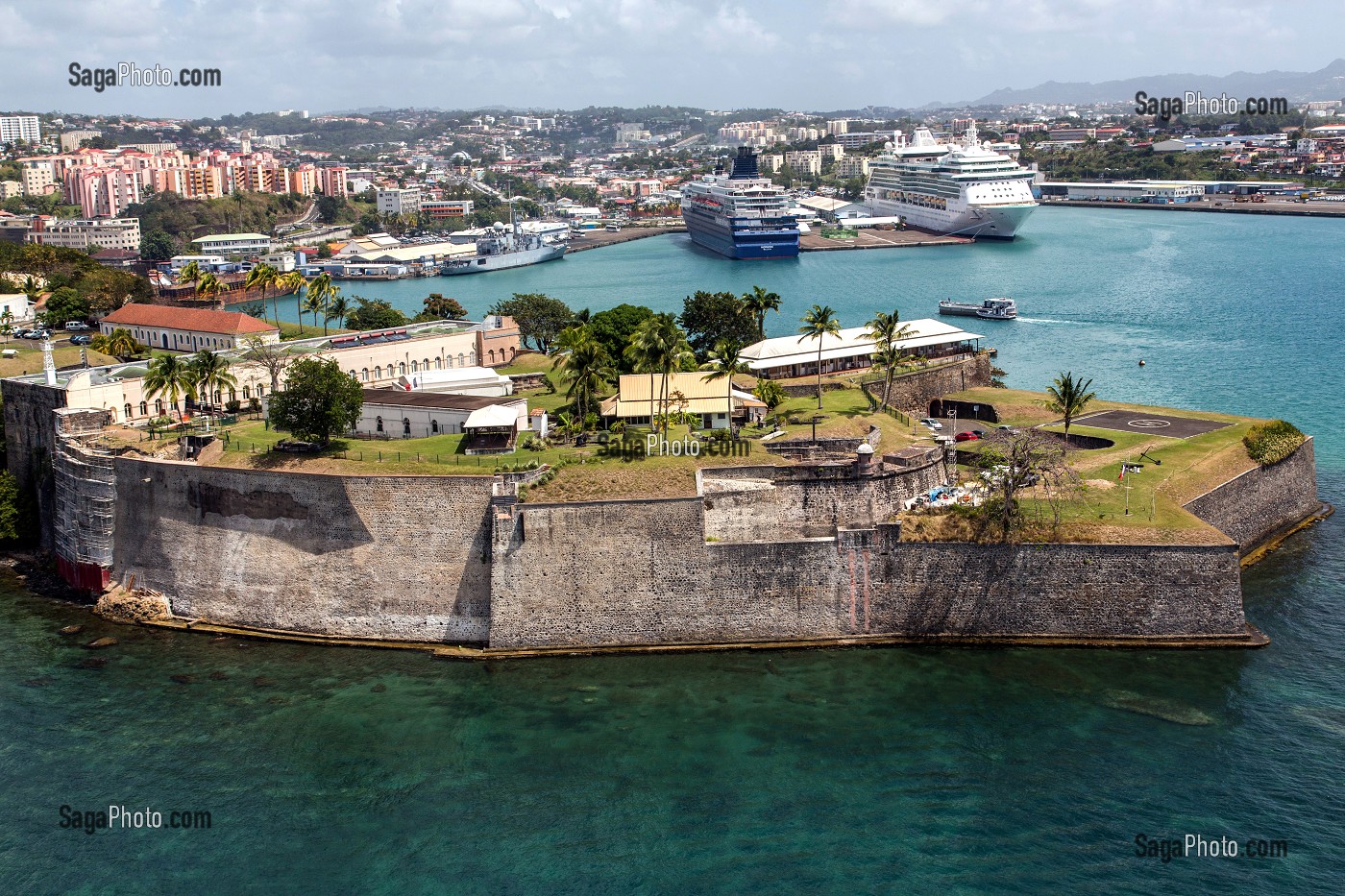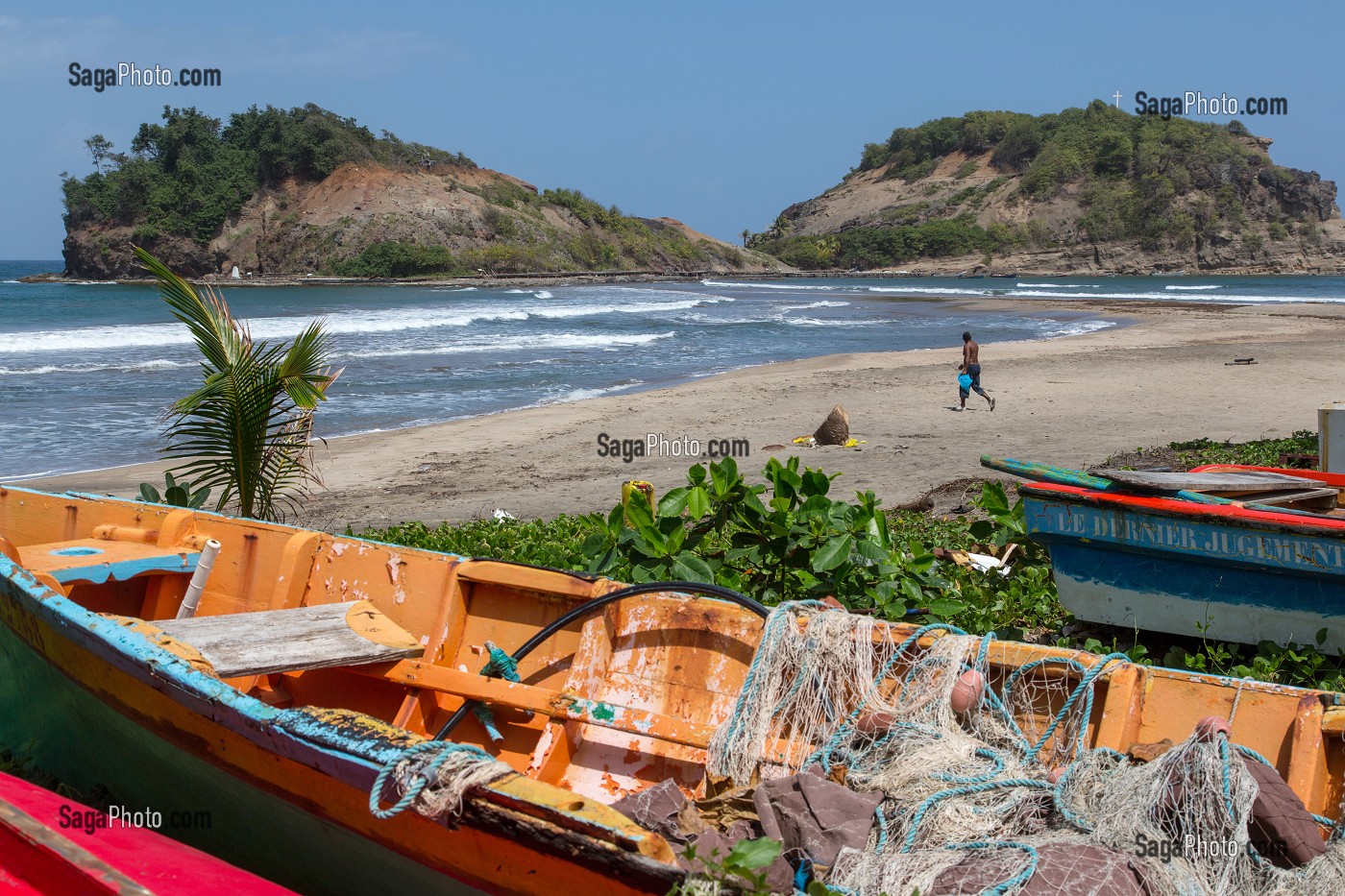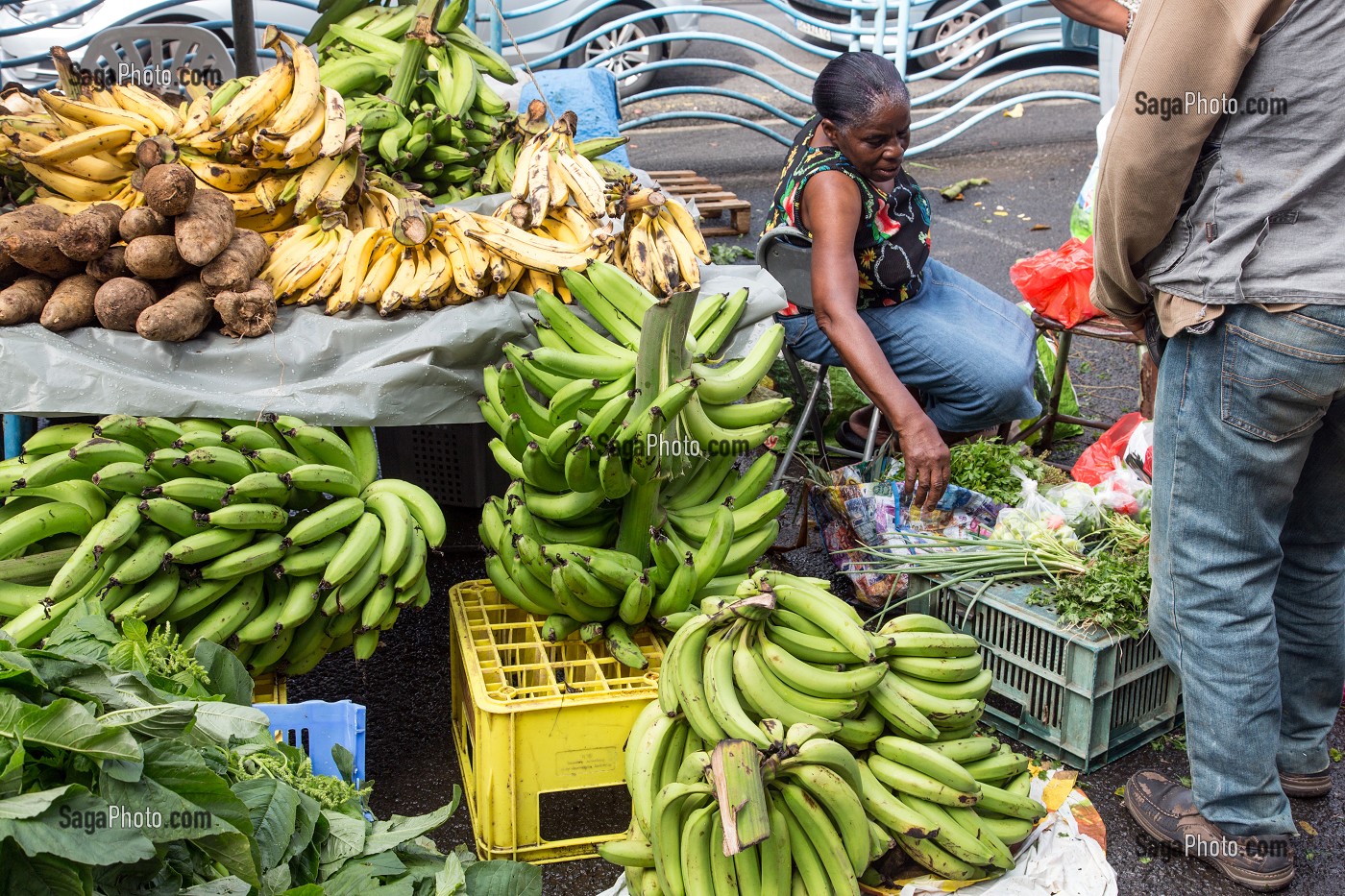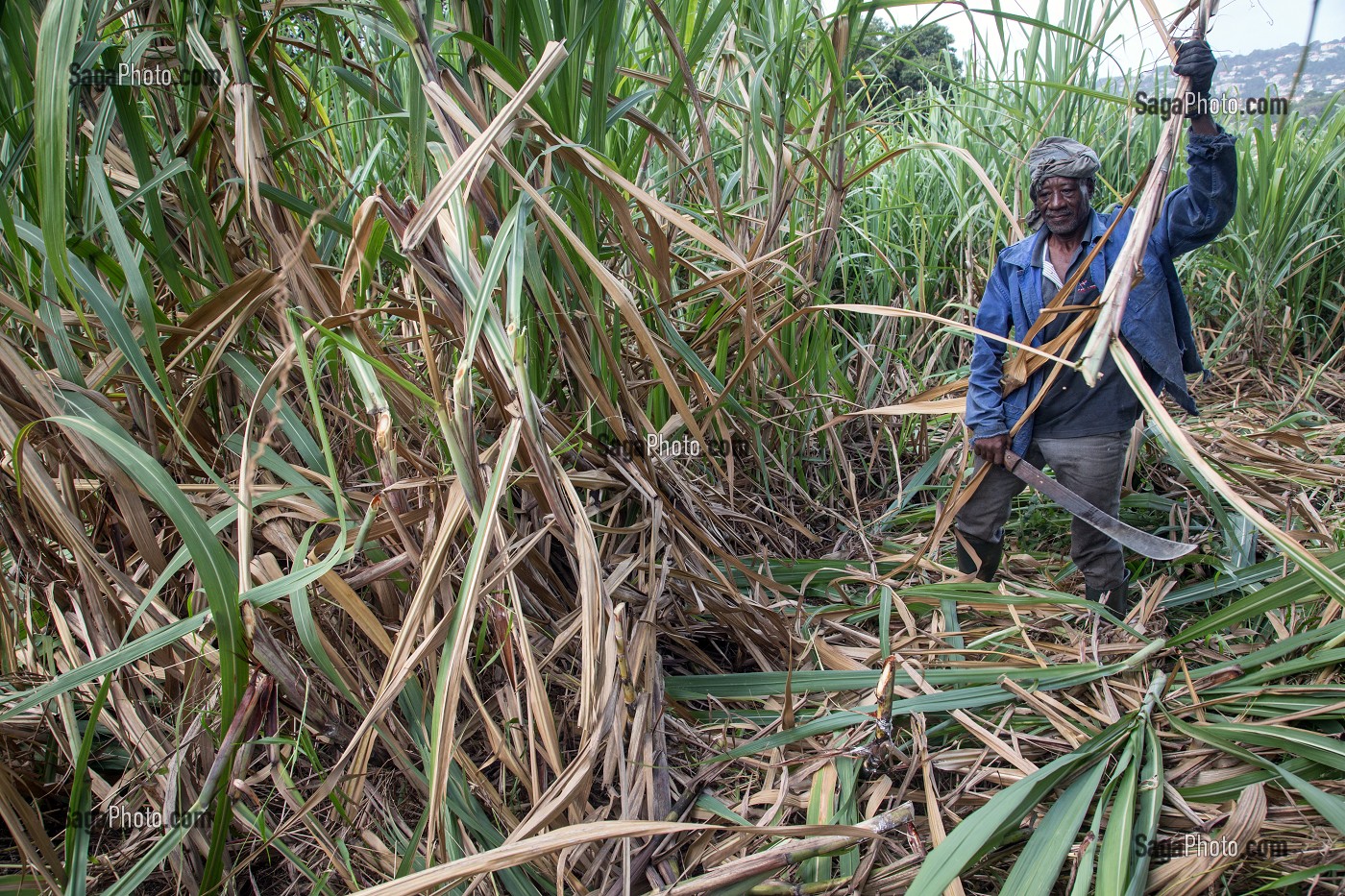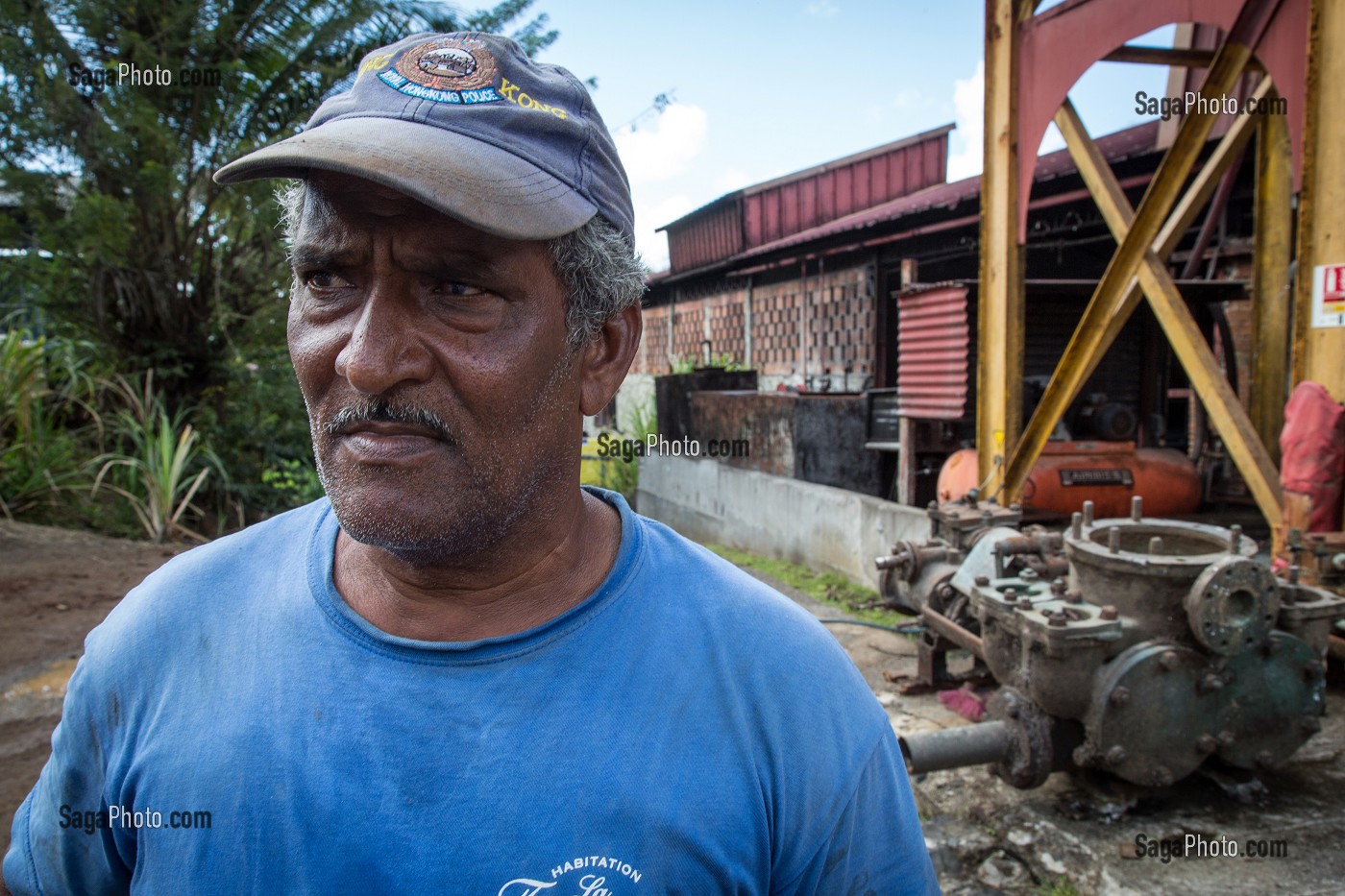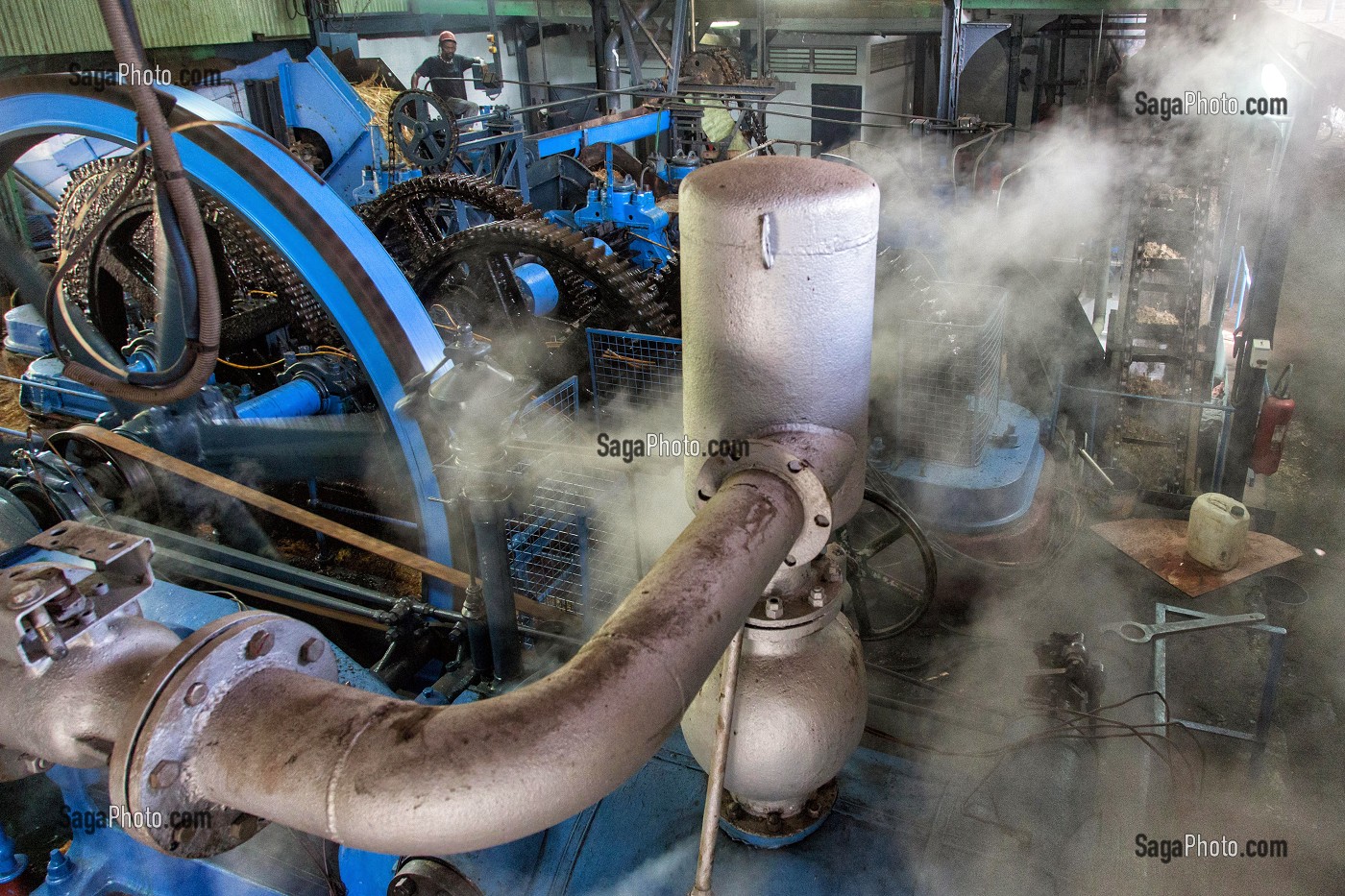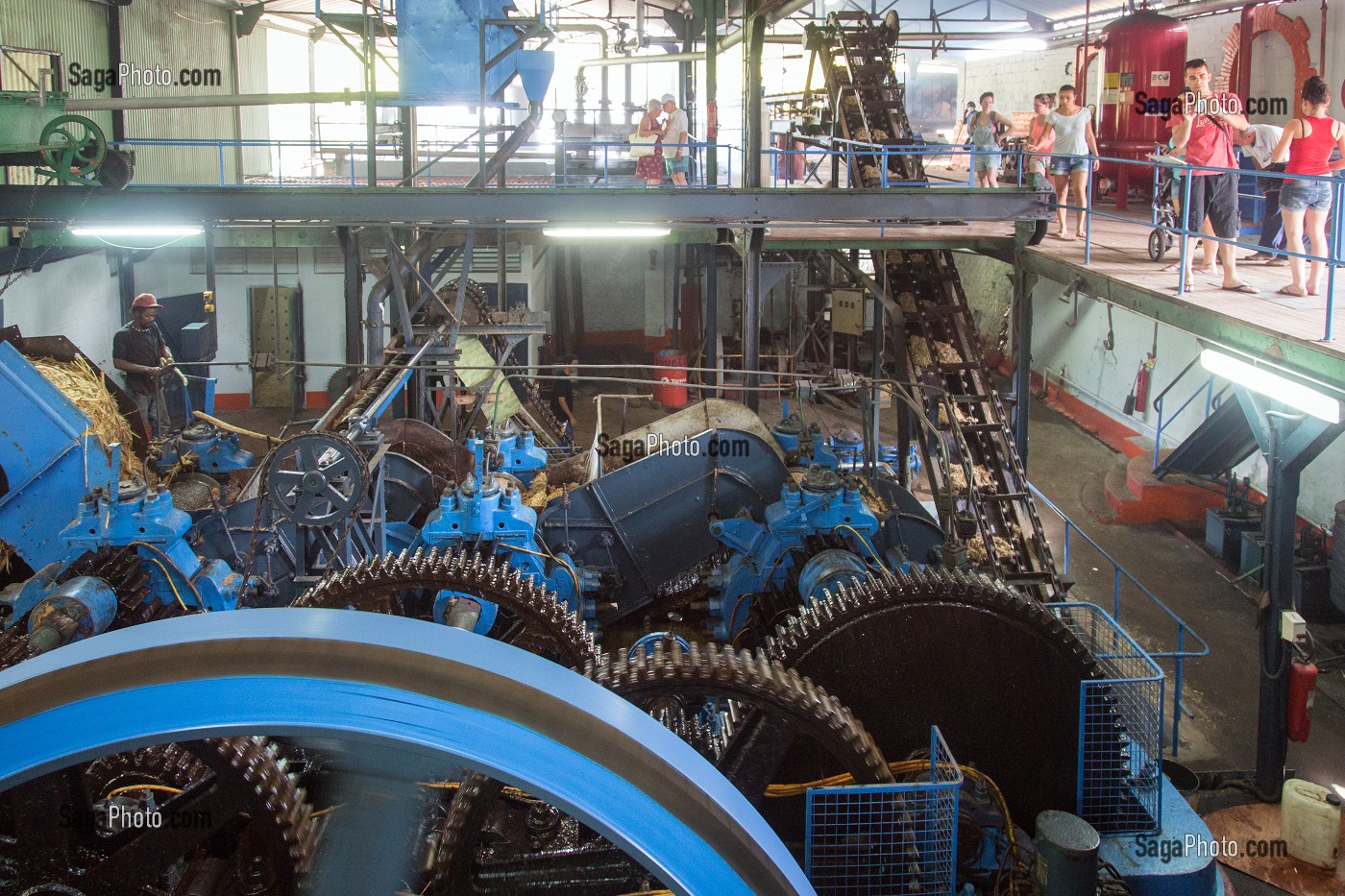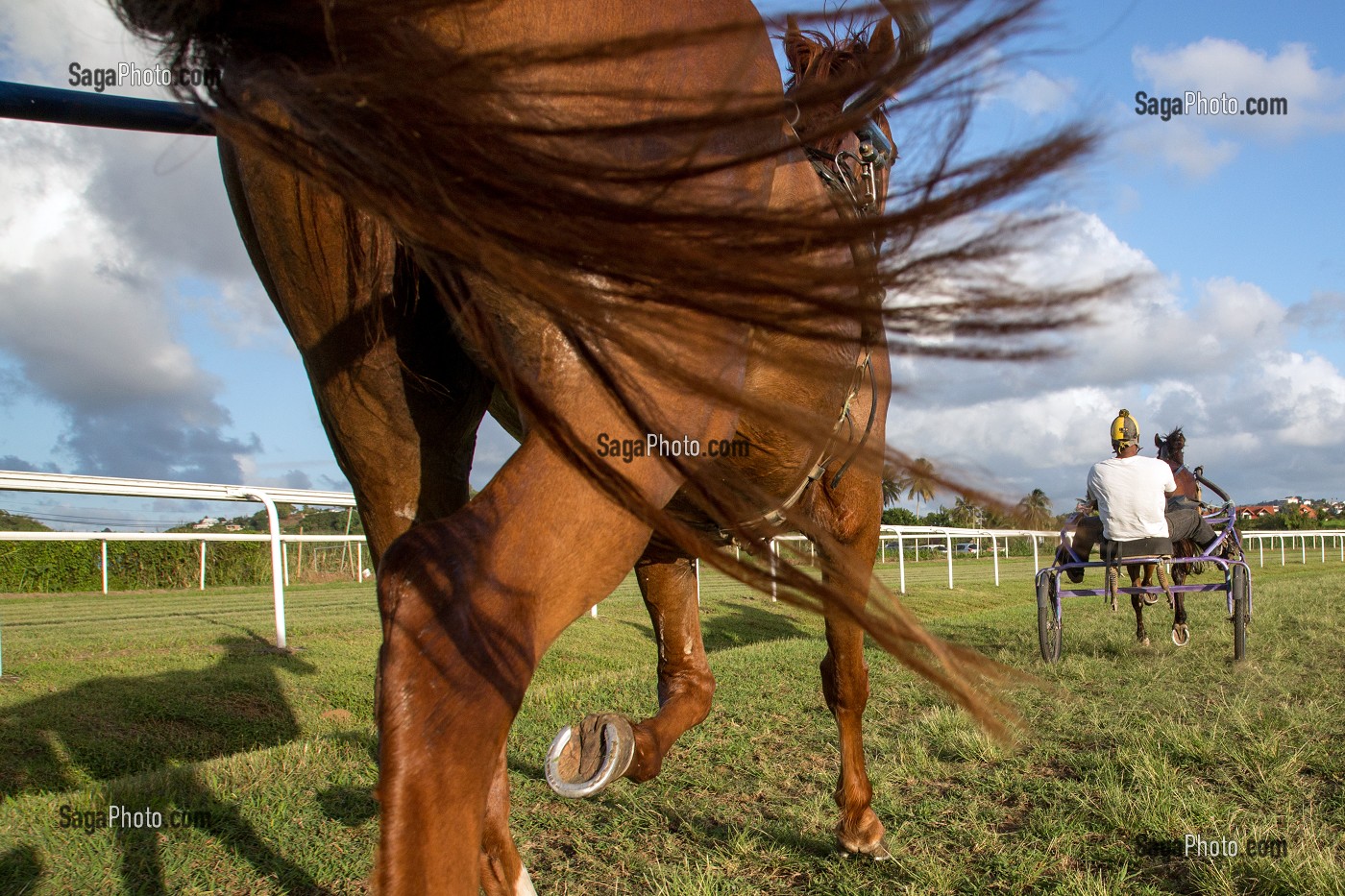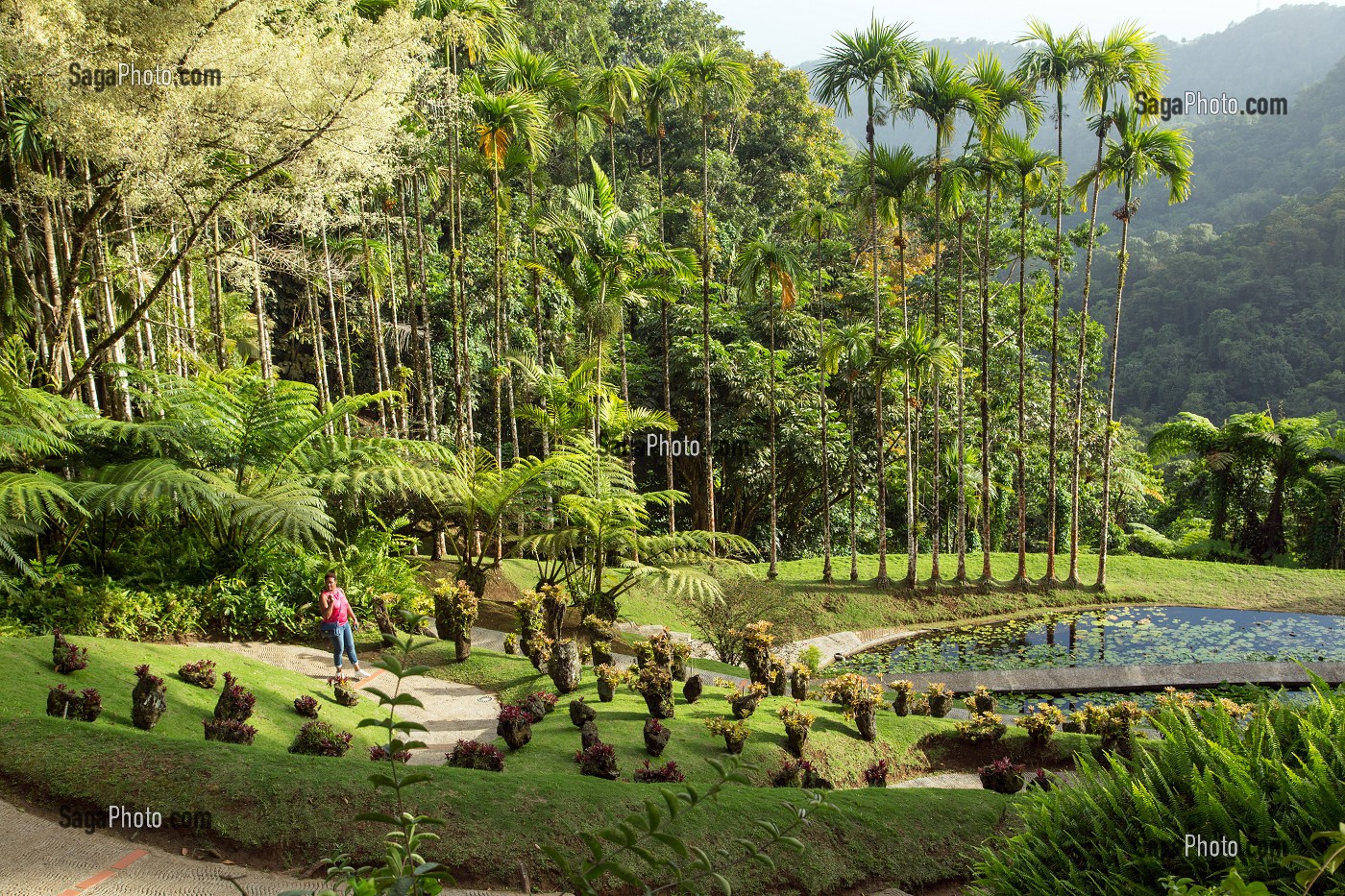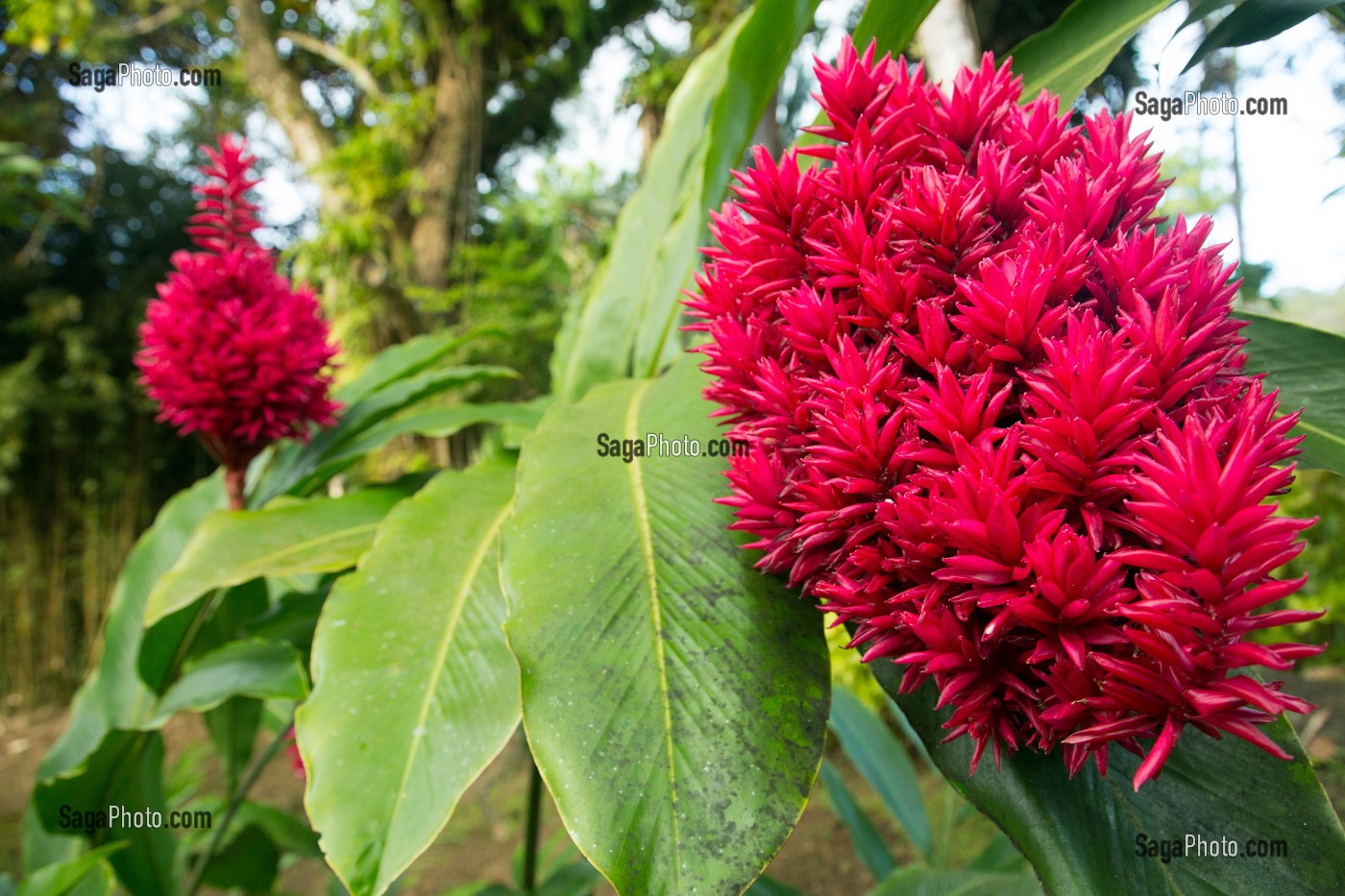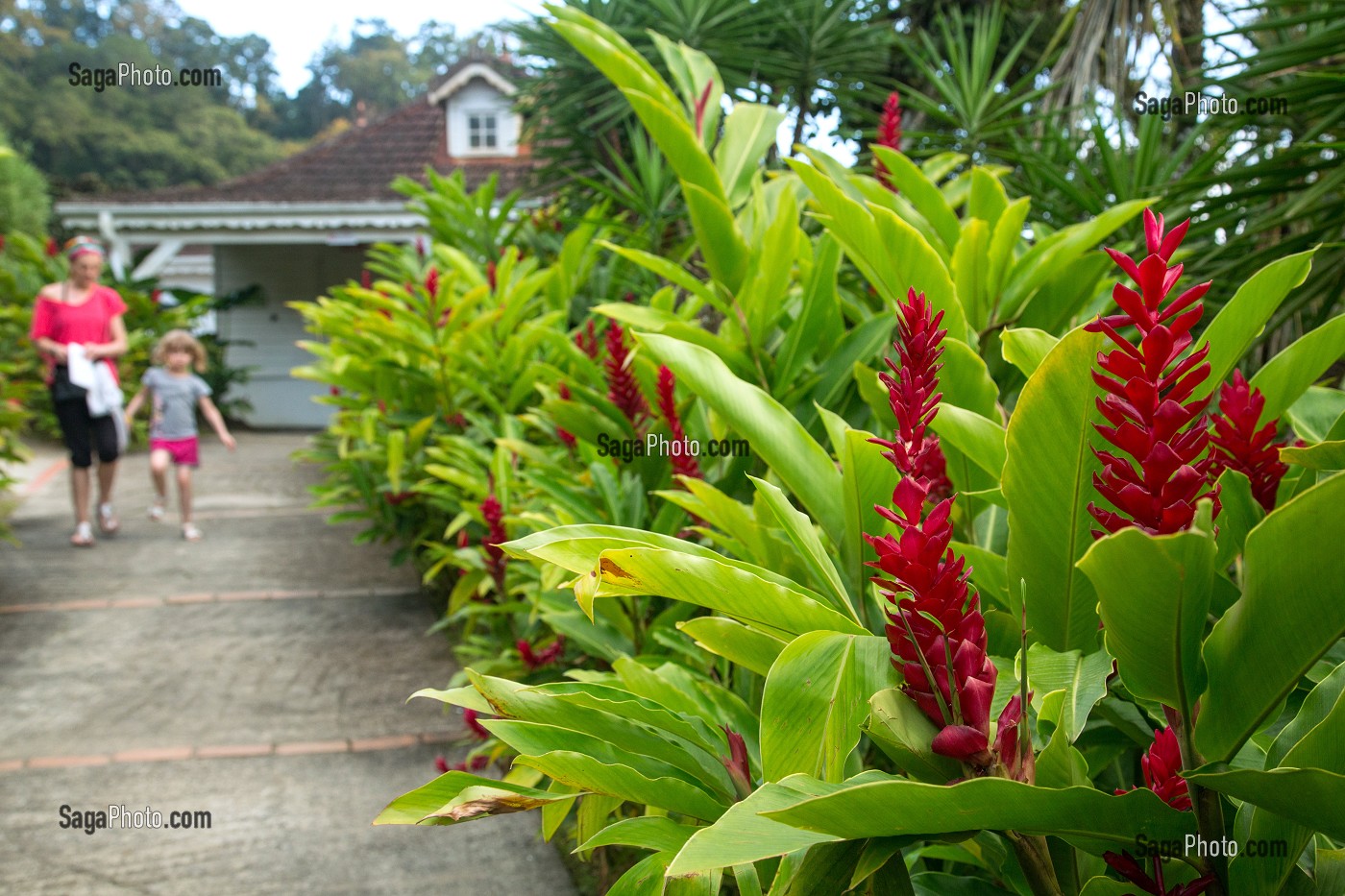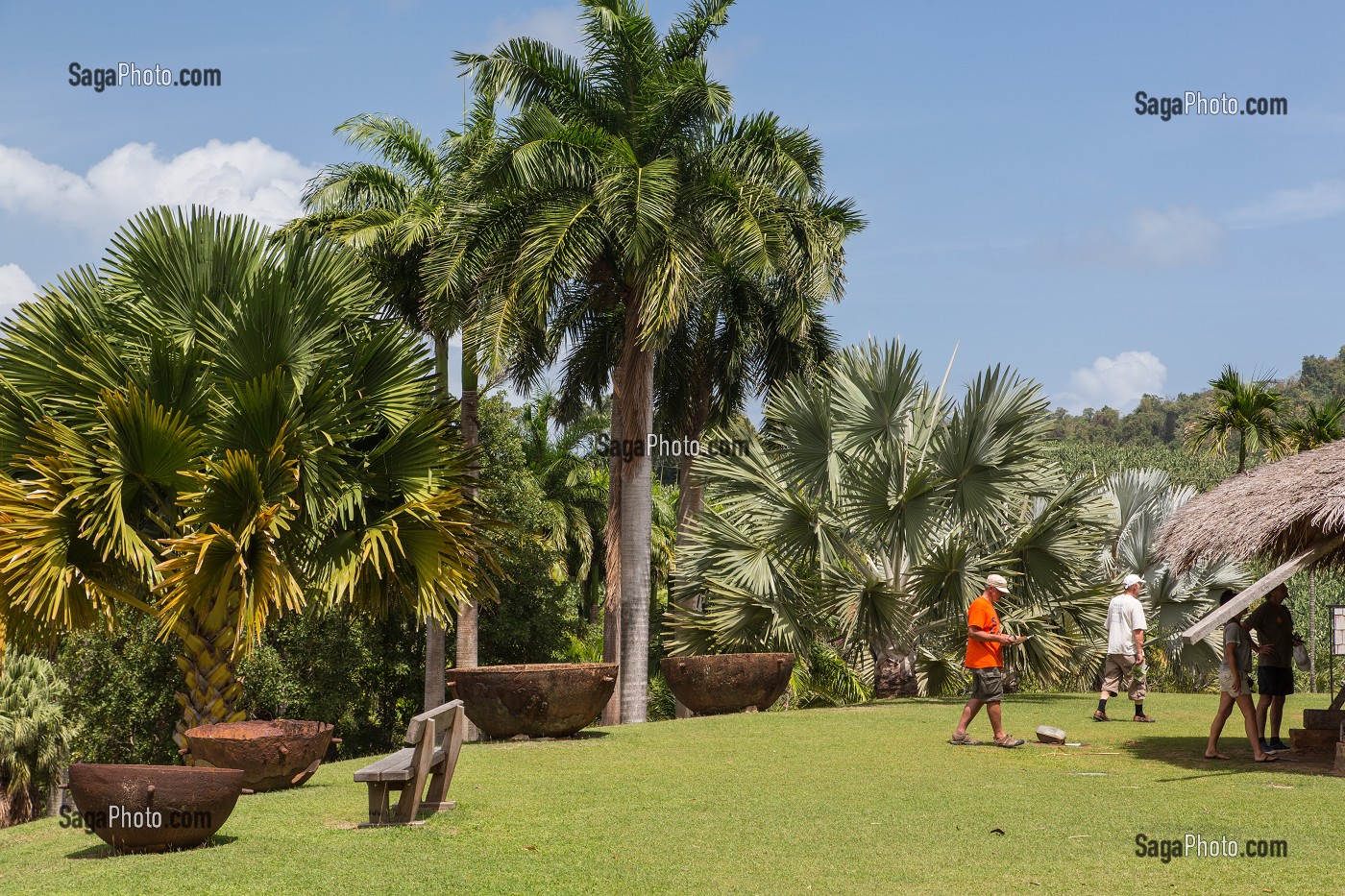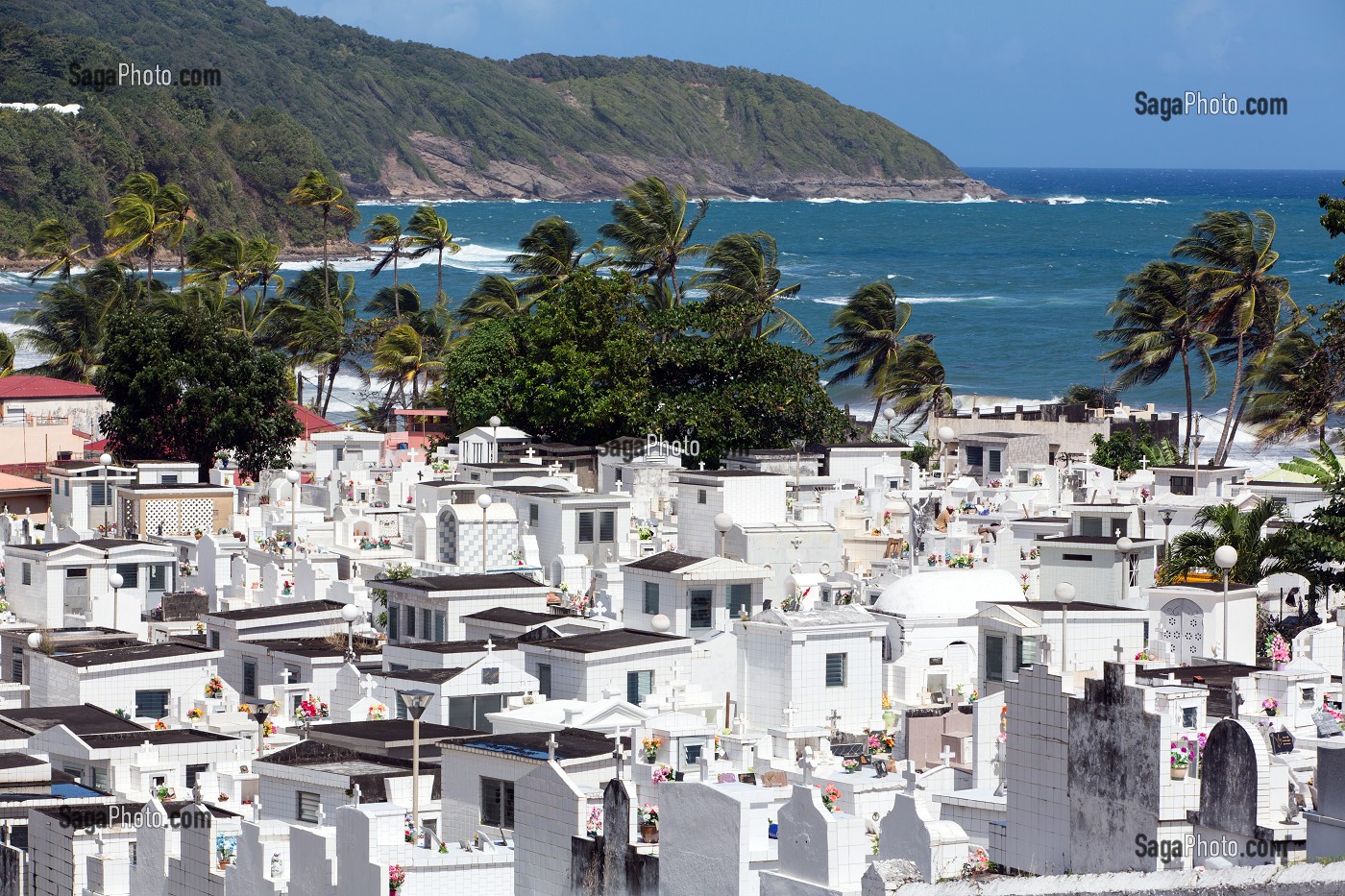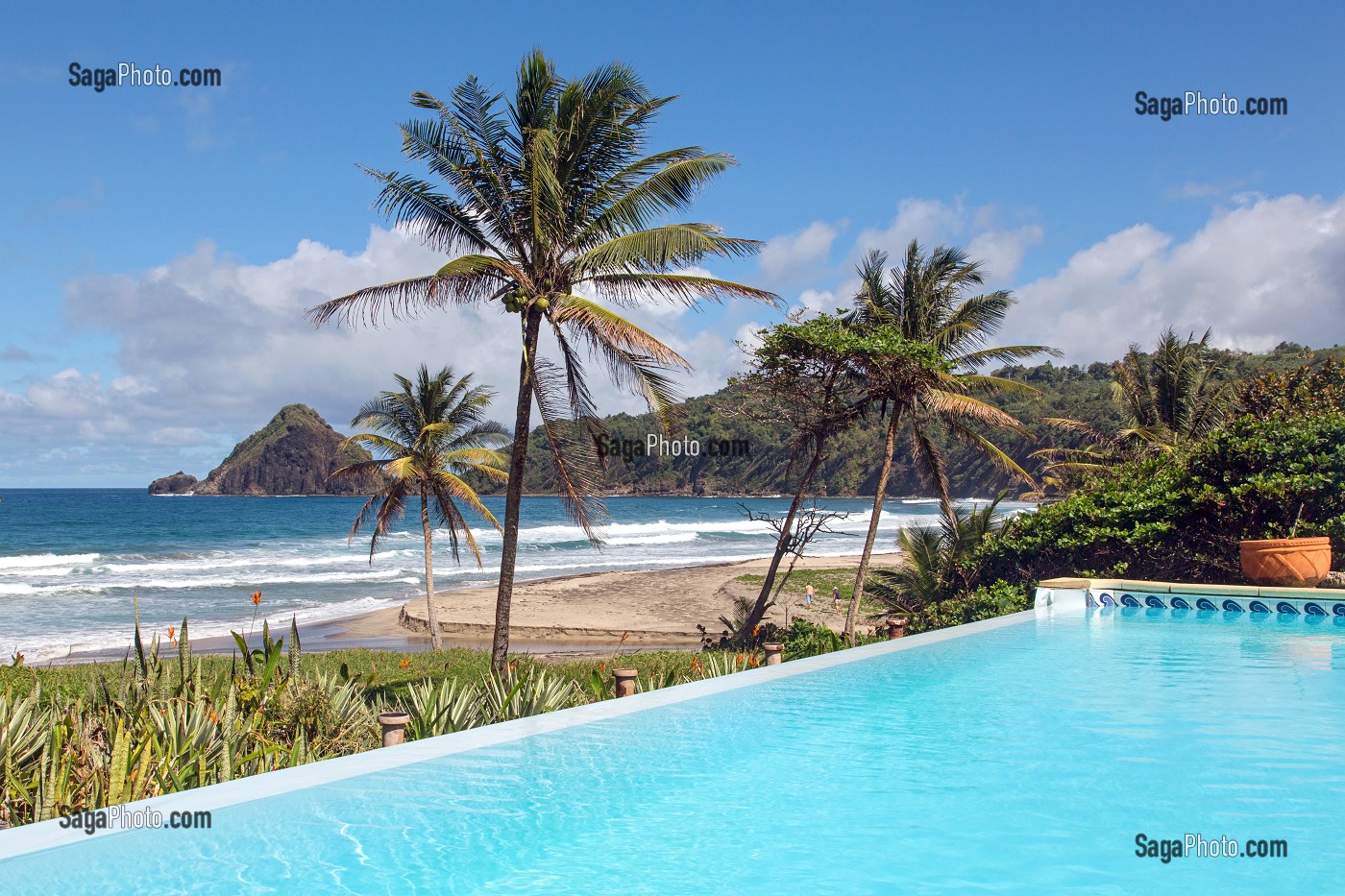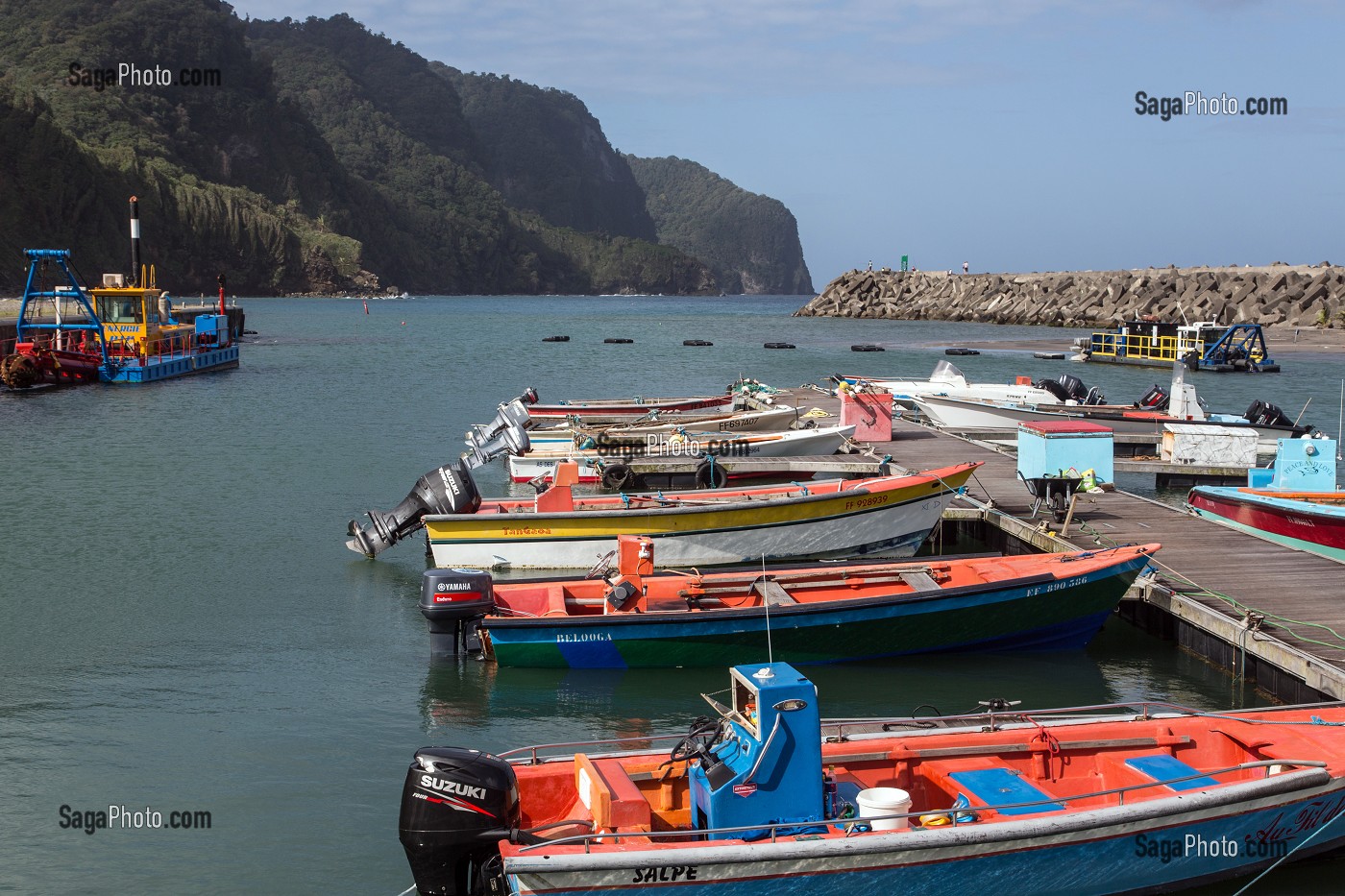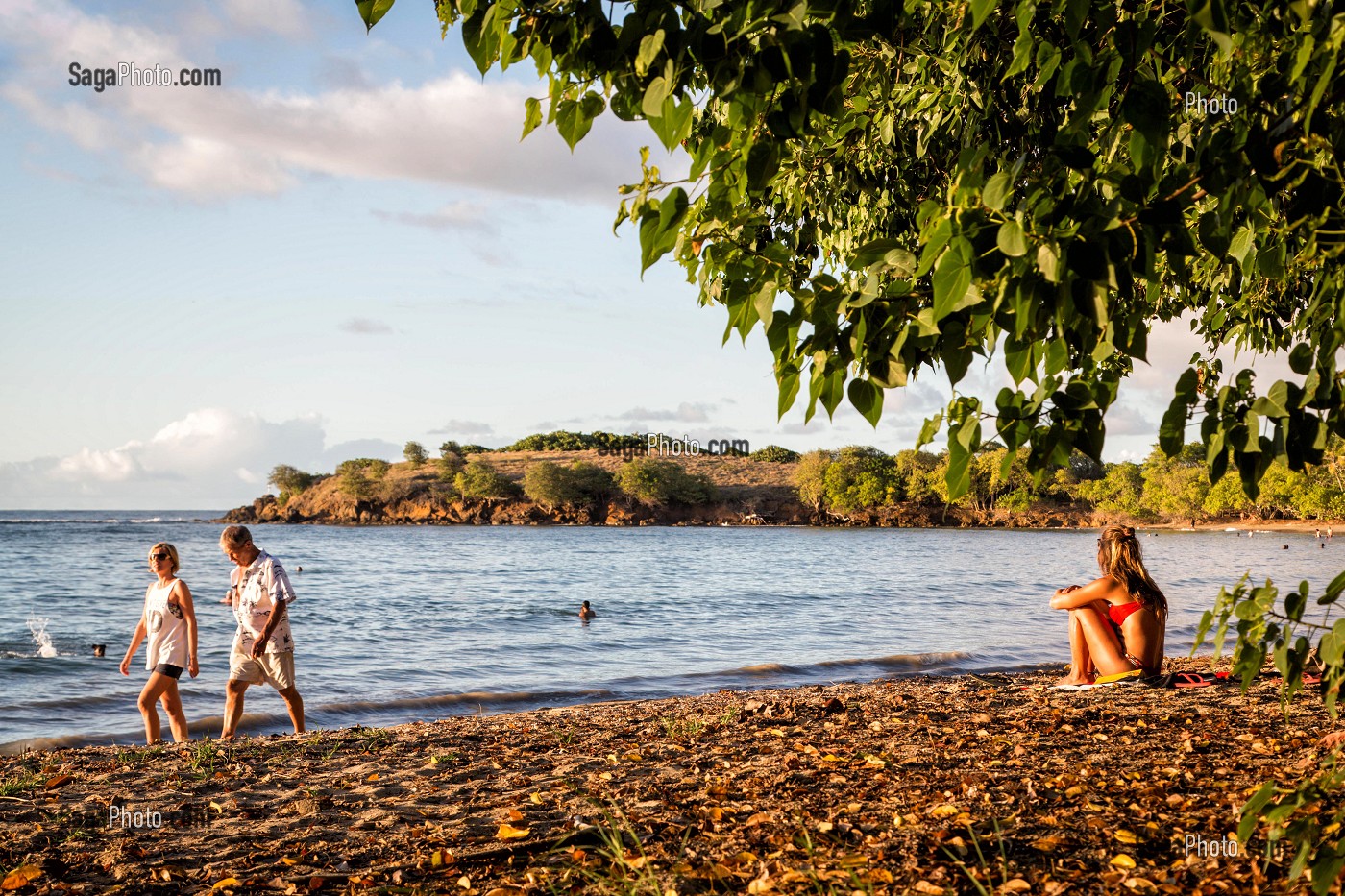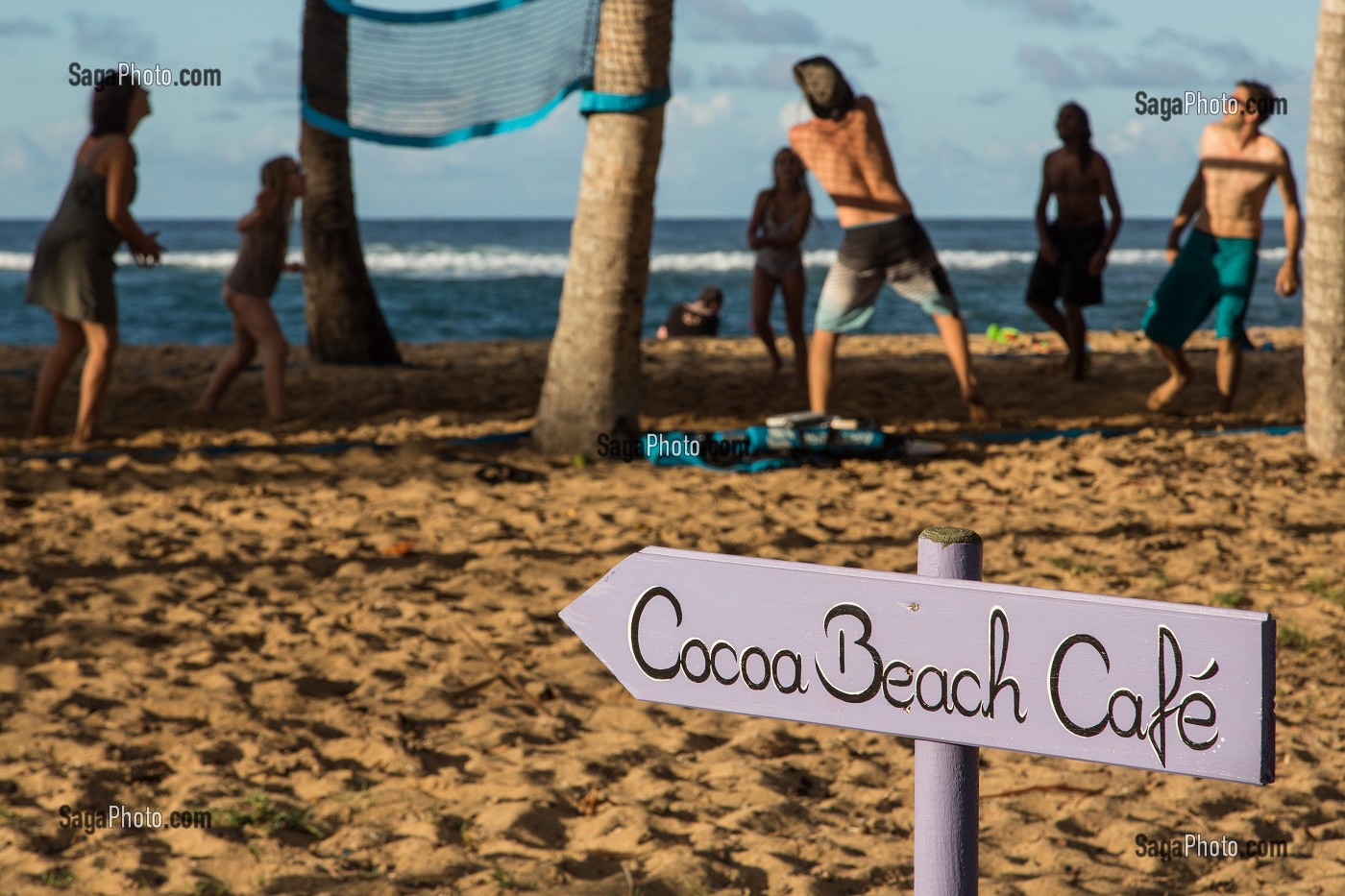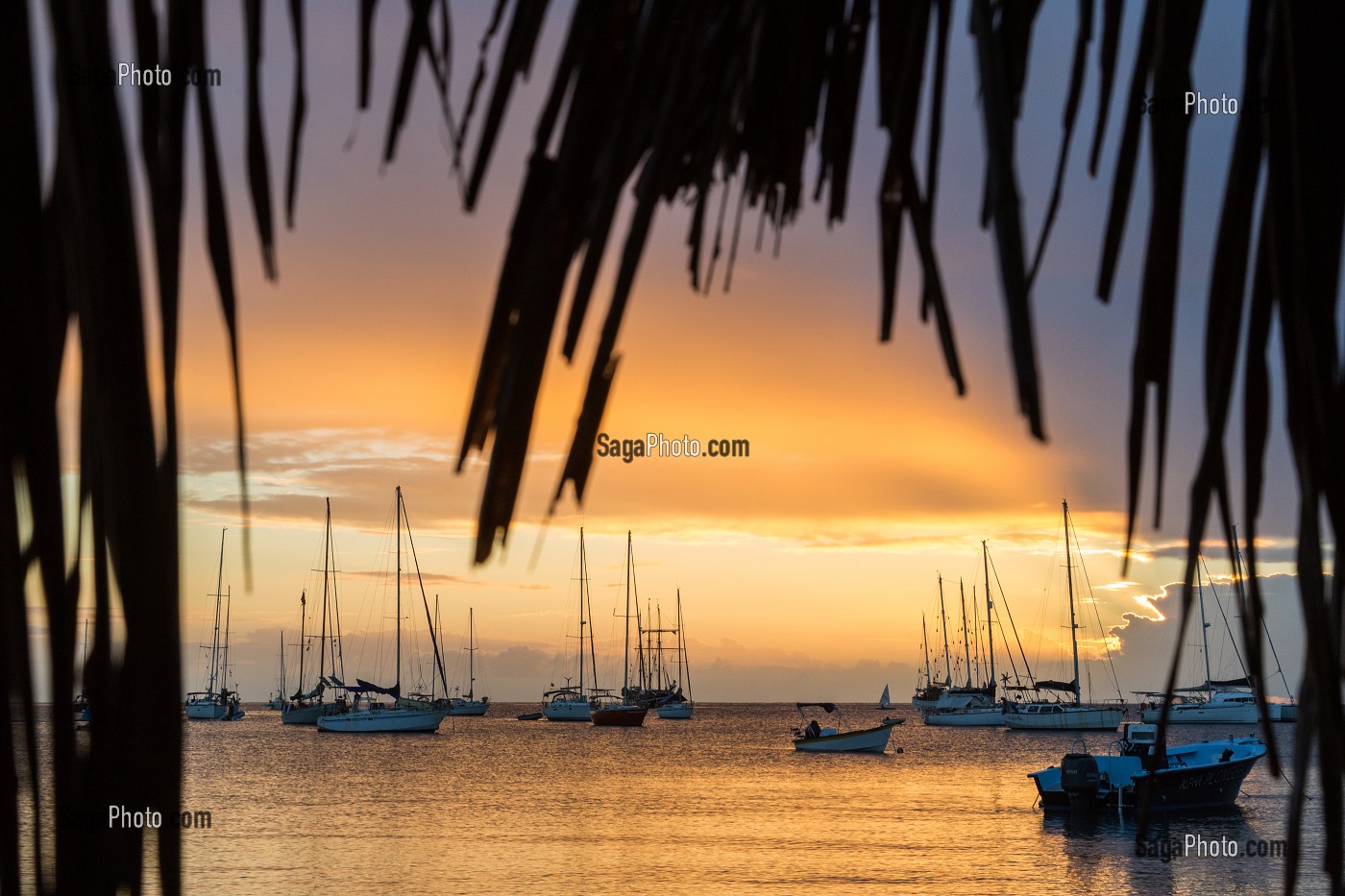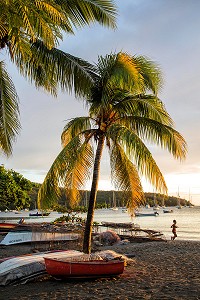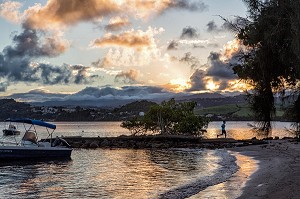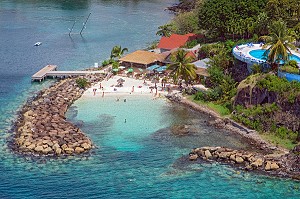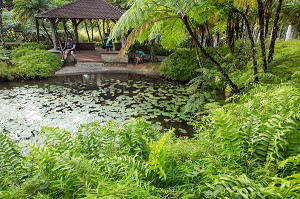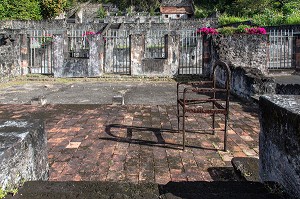Reportages
TOUS | FRANCE | MONDE | SOCIETE/ECONOMIE
ANTILLES / Une Martinique toute en couleur
ANTILLES / Une Martinique toute en couleur
Des verts luxuriants, des bleus turquoise, des rouges tropicaux, des gris noirs volcaniques, des arcs-en-ciel d’orage, des étals de marché multicolores, la palette martiniquaise n’a pas de limite.
Texte : Didier Forray - Photos : Patrick Forget
Texte : Didier Forray - Photos : Patrick Forget
Surnommée "Madinina" (l'île aux fleurs), la Martinique est un feu d'artifices : bougainvillées, anthuriums, hibiscus et roses de porcelaine affichent leurs couleurs vives dans toute l'île. La végétation se veut encore plus luxuriante le long de la pittoresque route de la trace, au cœur de l'île. Arrêt indispensable au jardin de Balata, l'un des plus beaux aux Caraïbes.
La Martinique se décline aussi en bleu turquoise, le long de ses longues plages de sable fin. Pour la carte postale parfaite, rendez-vous sur la plage des Salines, tout au Sud de l'île, avec ses cocotiers langoureusement courbés et la perspective sur le rocher du Diamant à l'horizon.
Dans l'intérieur des terres, place au vert et au jaune paille des cannes à sucre, utilisées dans la fabrication du rhum. Deux adresses à visiter : la distillerie Saint-James dans le Nord-Ouest et la plantation Clément, non loin du François. Les visites sont parfaitement organisées et très didactiques.
Autre couleur, plus surprenante, mais incontournable : le gris cendre. La ville de Saint-Pierre garde les stigmates de la terrible éruption de la montagne pelée en 1902 et la plage de sable volcanique du Carbet rompt avec l'imagerie traditionnelle des Antilles.
Pour le bouquet final, cap sur le marché de Fort de France. Les étals de bananes, mangues, piments et autres légumes pays composent une palette à faire pâlir d'envie un peintre.
La Martinique se décline aussi en bleu turquoise, le long de ses longues plages de sable fin. Pour la carte postale parfaite, rendez-vous sur la plage des Salines, tout au Sud de l'île, avec ses cocotiers langoureusement courbés et la perspective sur le rocher du Diamant à l'horizon.
Dans l'intérieur des terres, place au vert et au jaune paille des cannes à sucre, utilisées dans la fabrication du rhum. Deux adresses à visiter : la distillerie Saint-James dans le Nord-Ouest et la plantation Clément, non loin du François. Les visites sont parfaitement organisées et très didactiques.
Autre couleur, plus surprenante, mais incontournable : le gris cendre. La ville de Saint-Pierre garde les stigmates de la terrible éruption de la montagne pelée en 1902 et la plage de sable volcanique du Carbet rompt avec l'imagerie traditionnelle des Antilles.
Pour le bouquet final, cap sur le marché de Fort de France. Les étals de bananes, mangues, piments et autres légumes pays composent une palette à faire pâlir d'envie un peintre.

